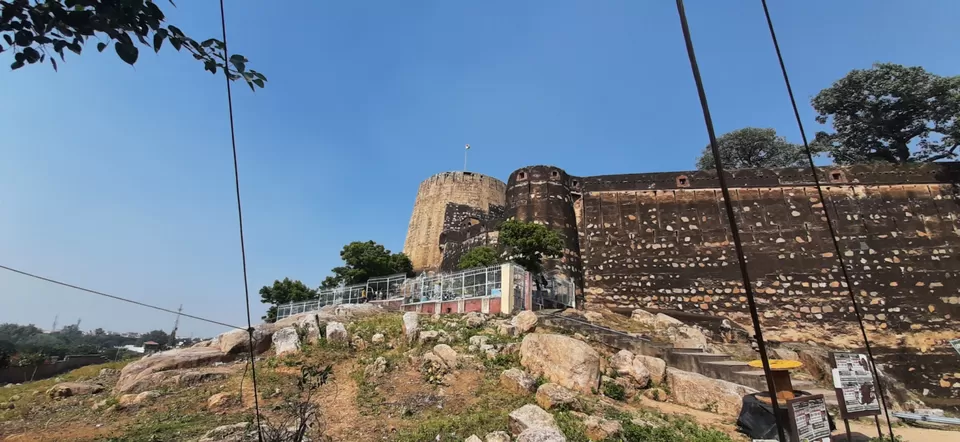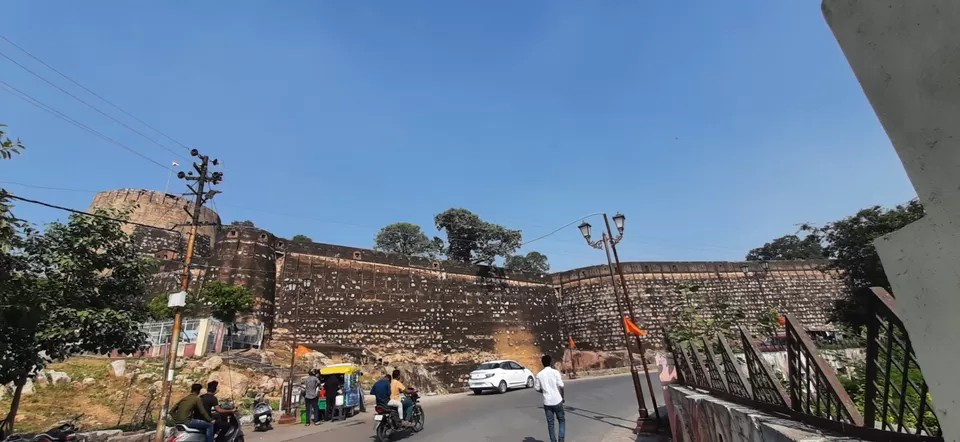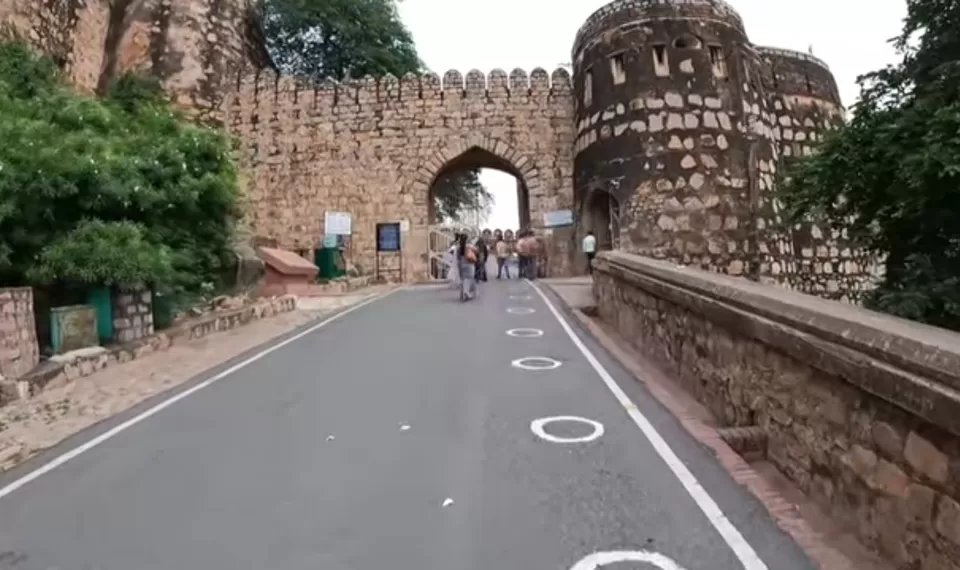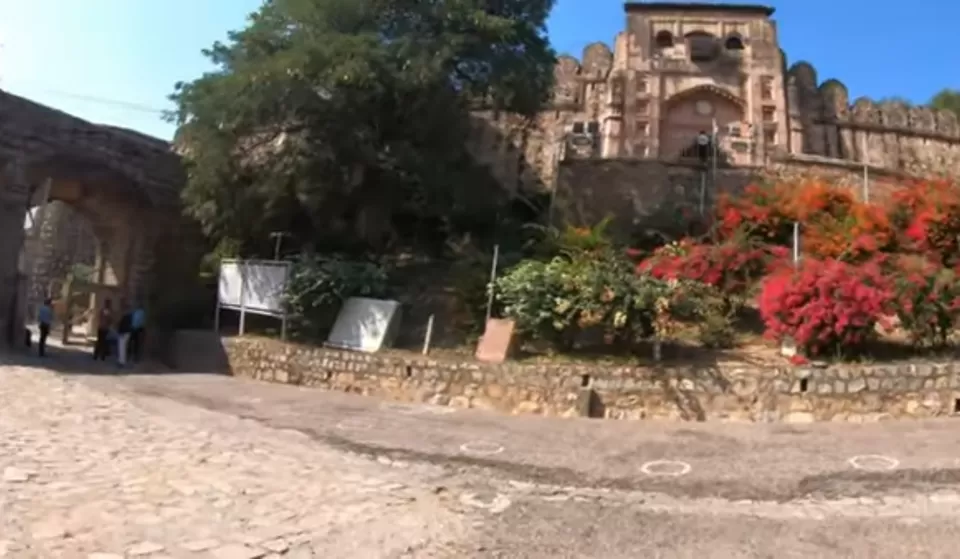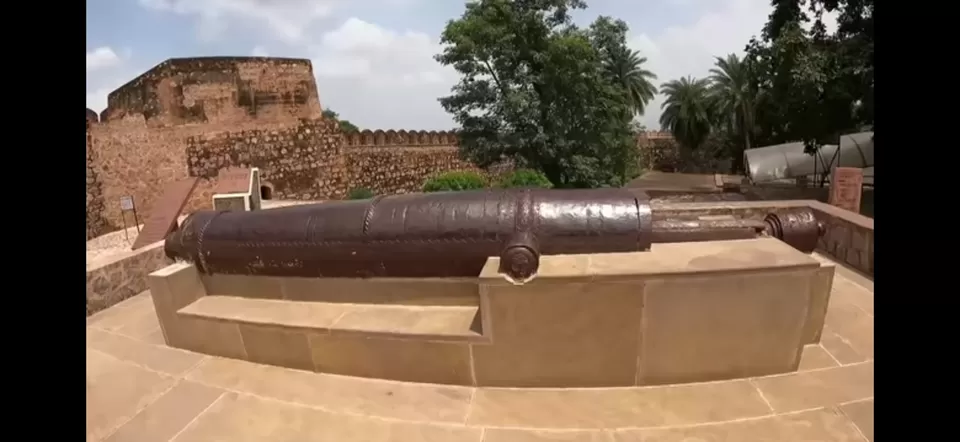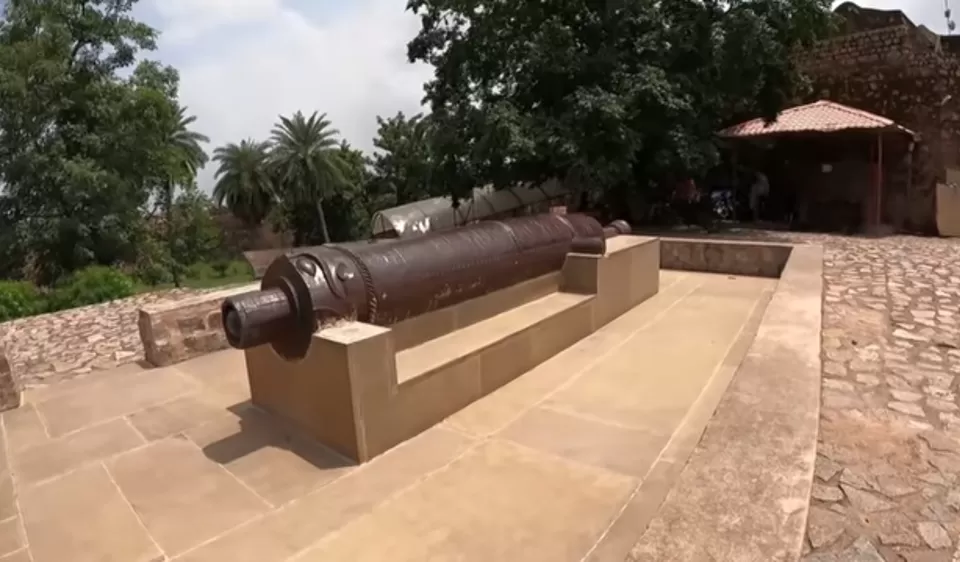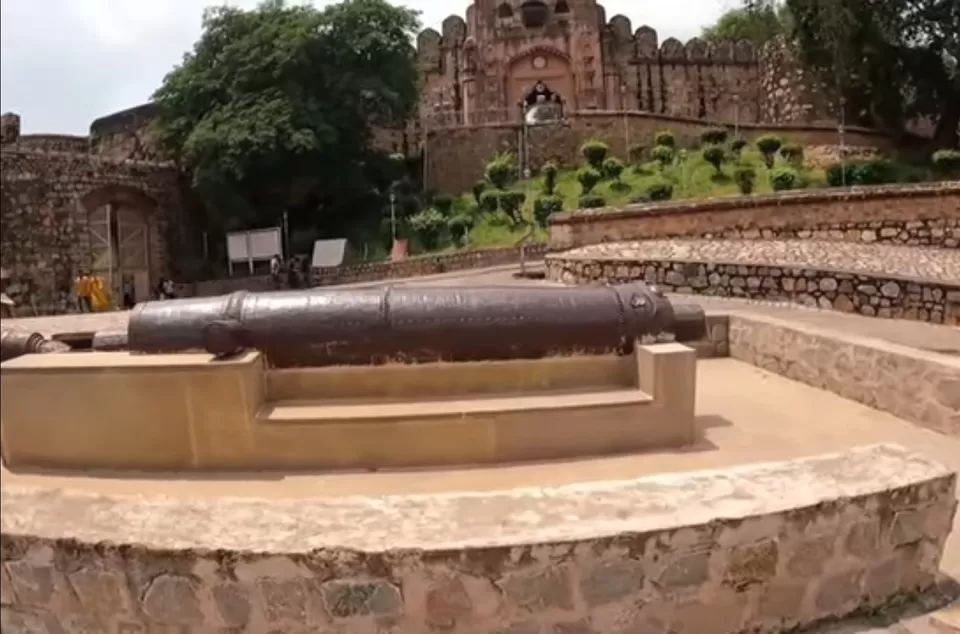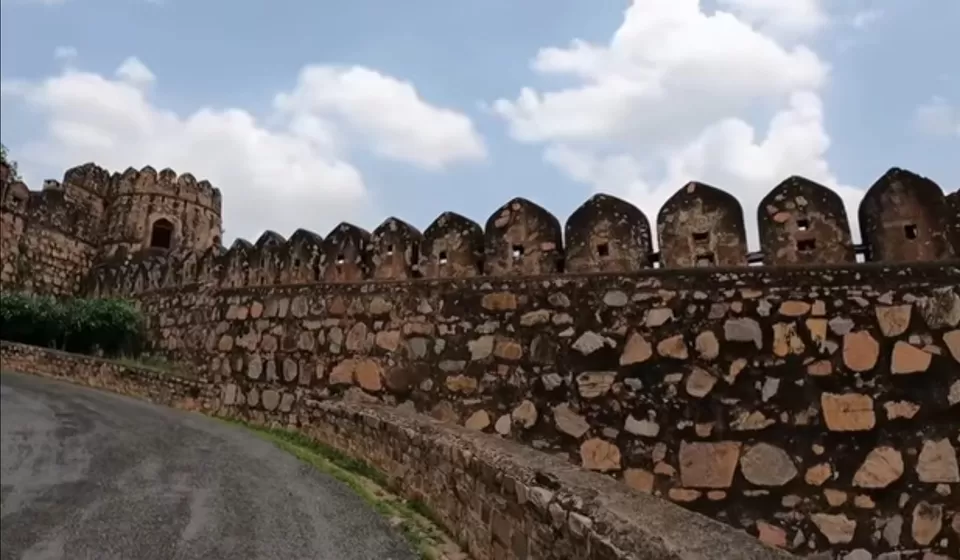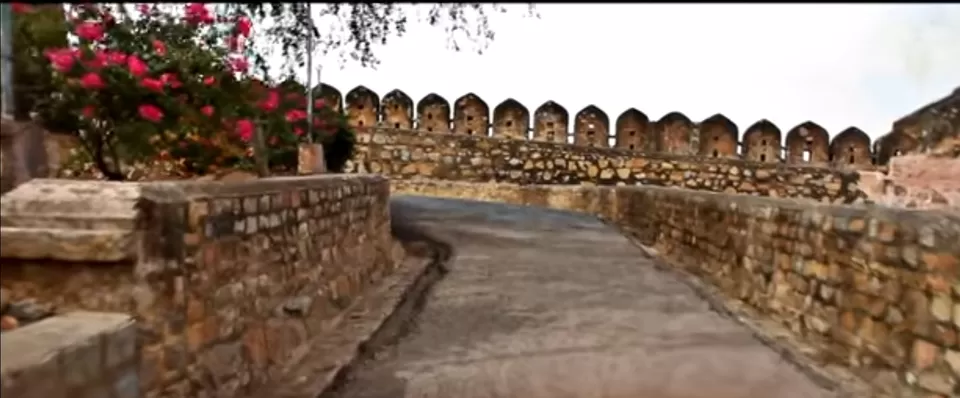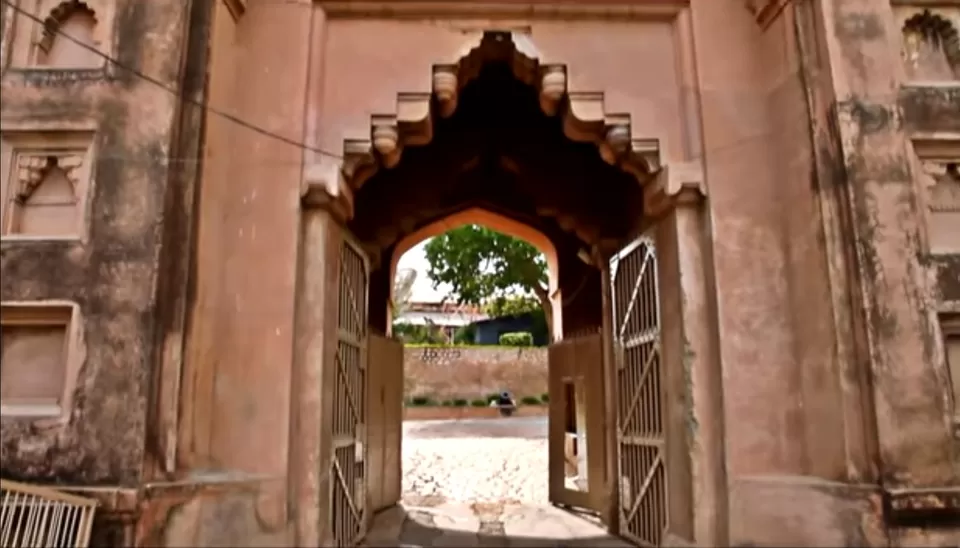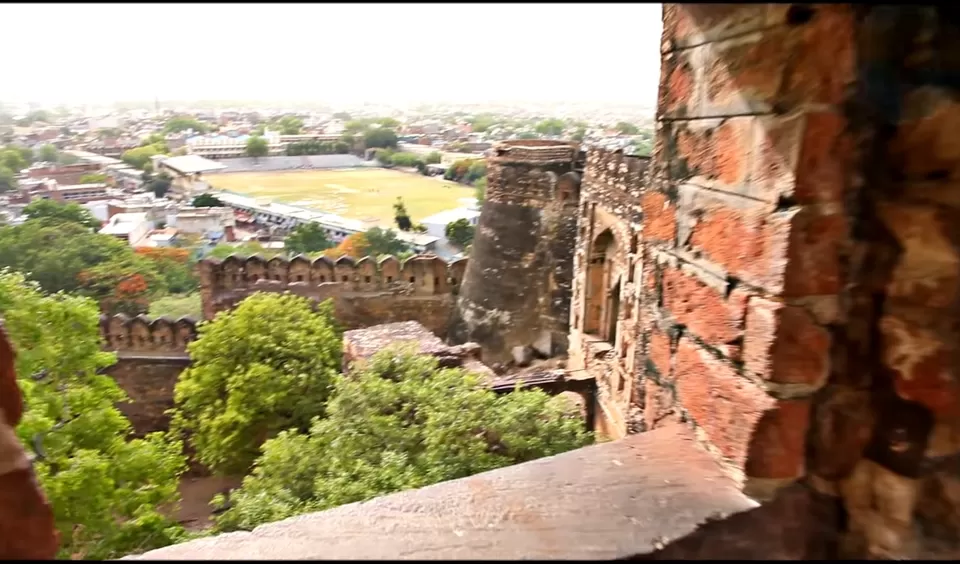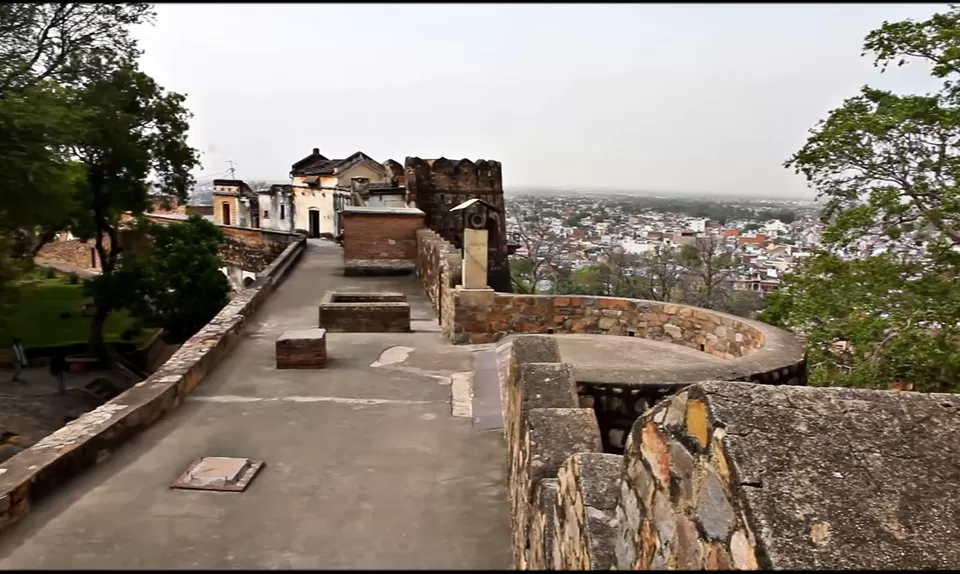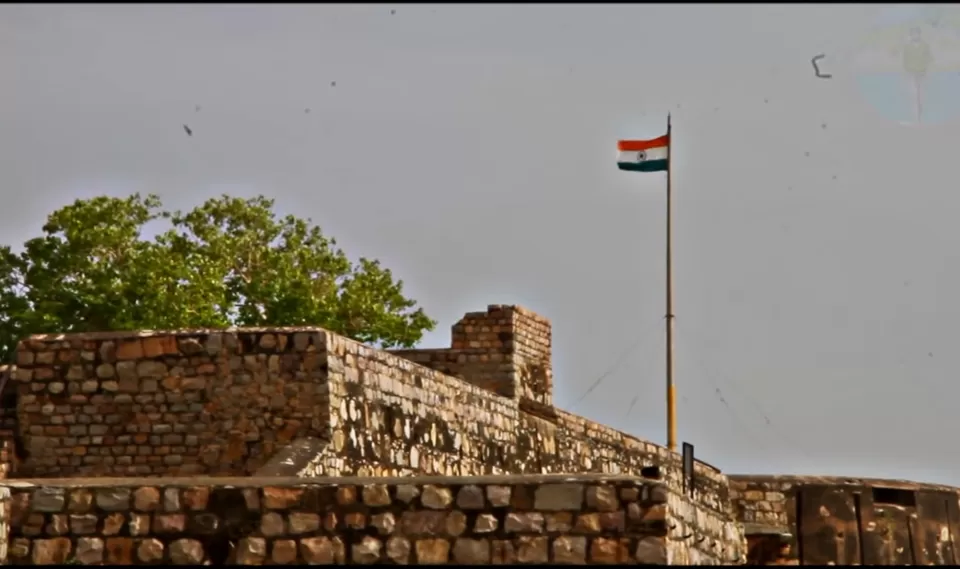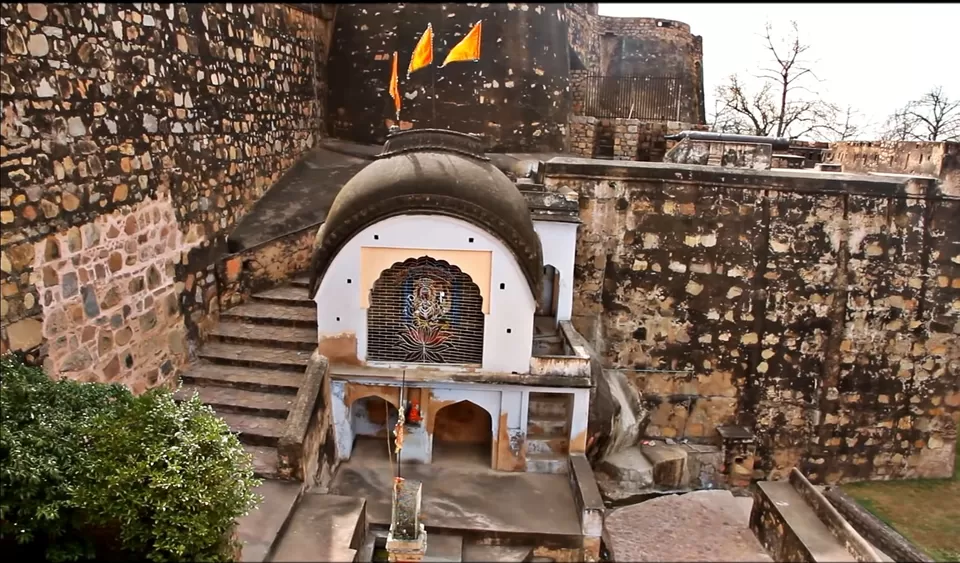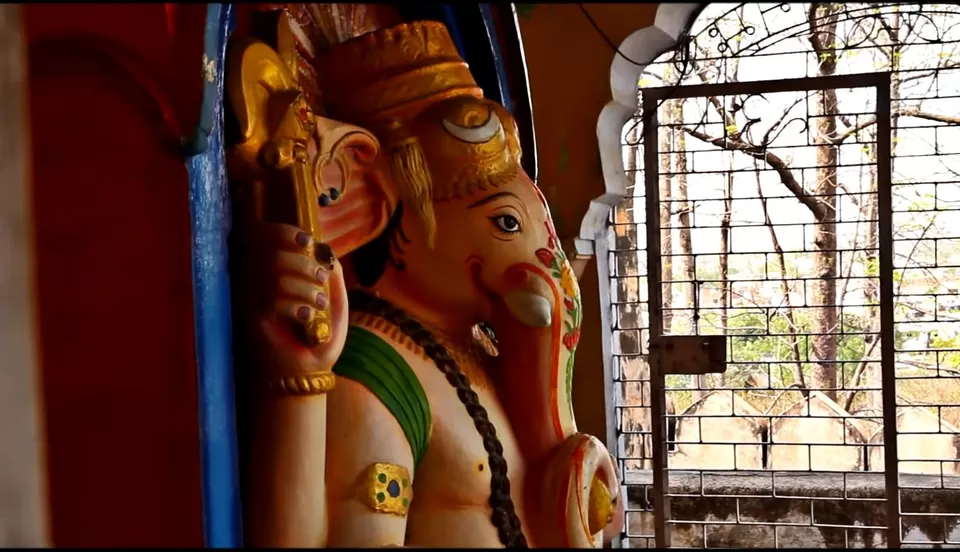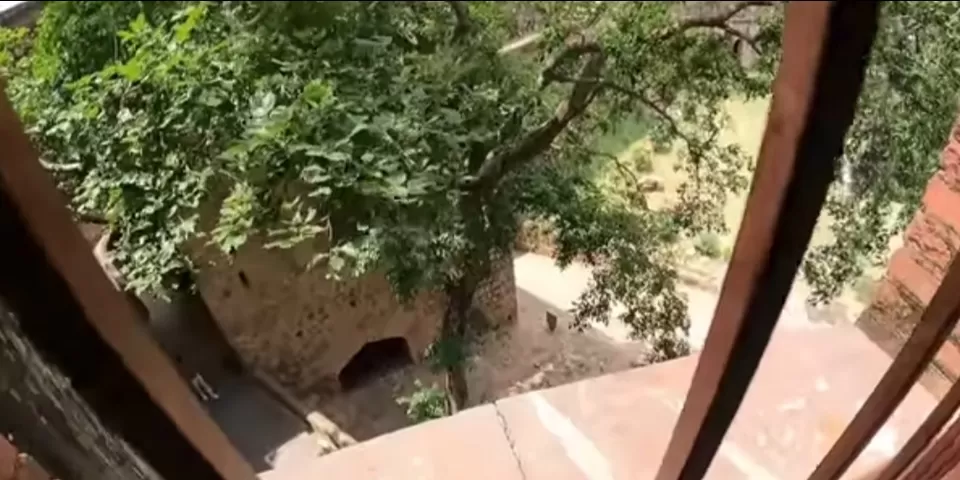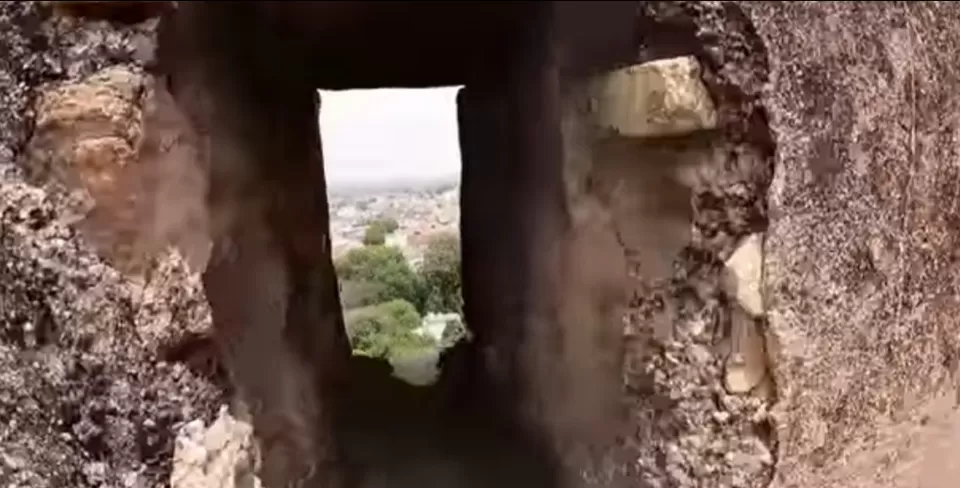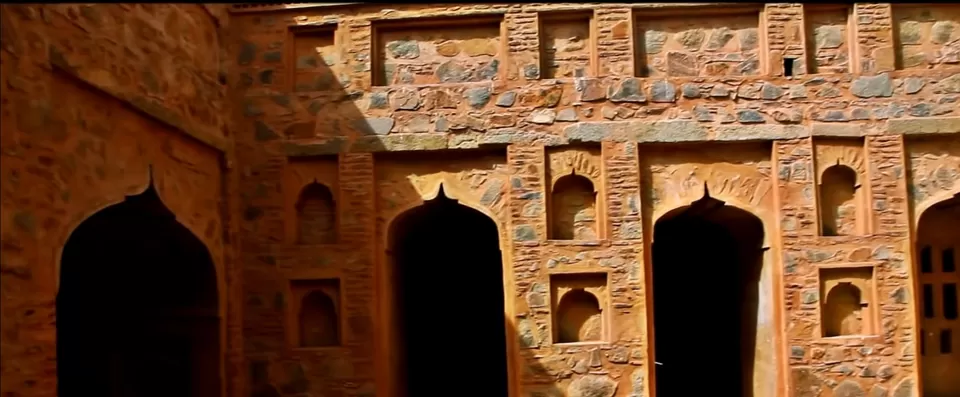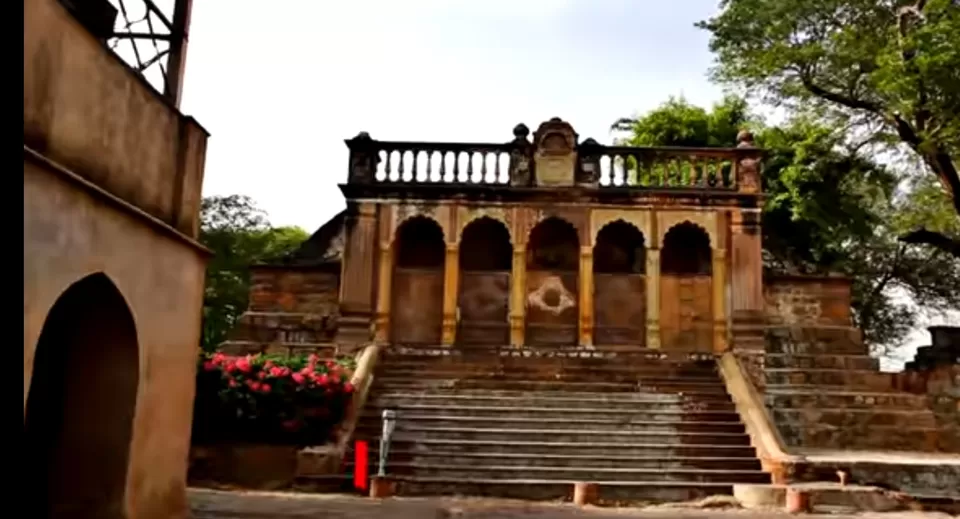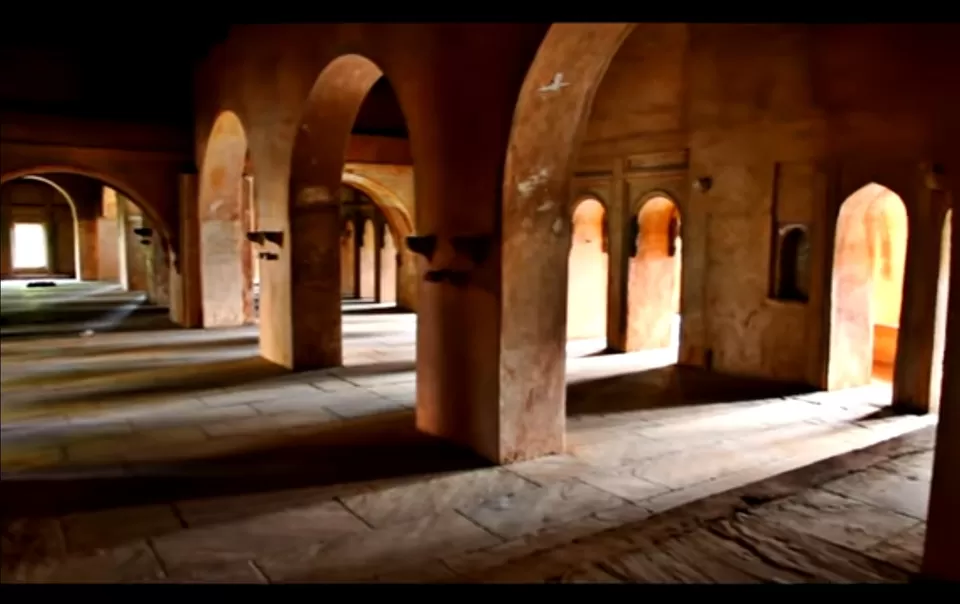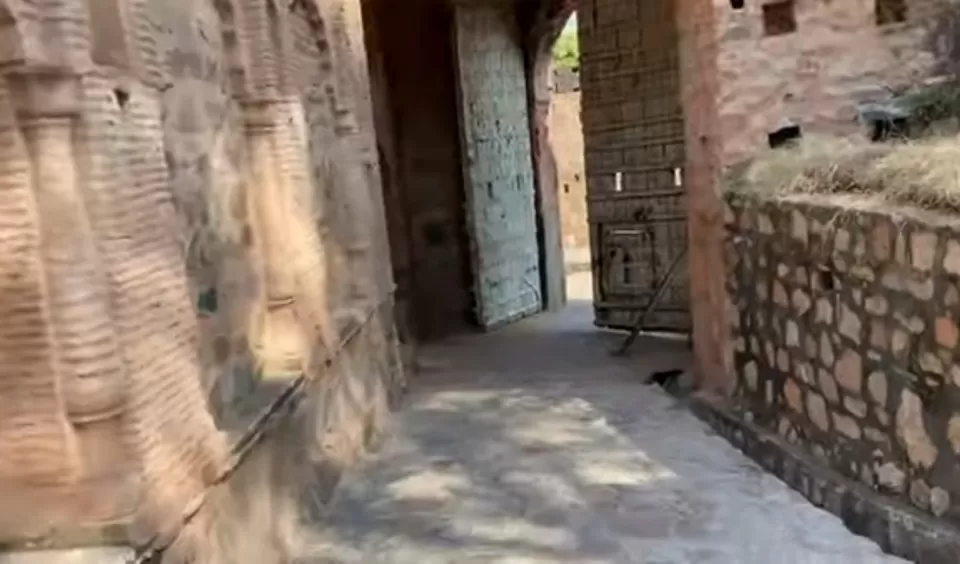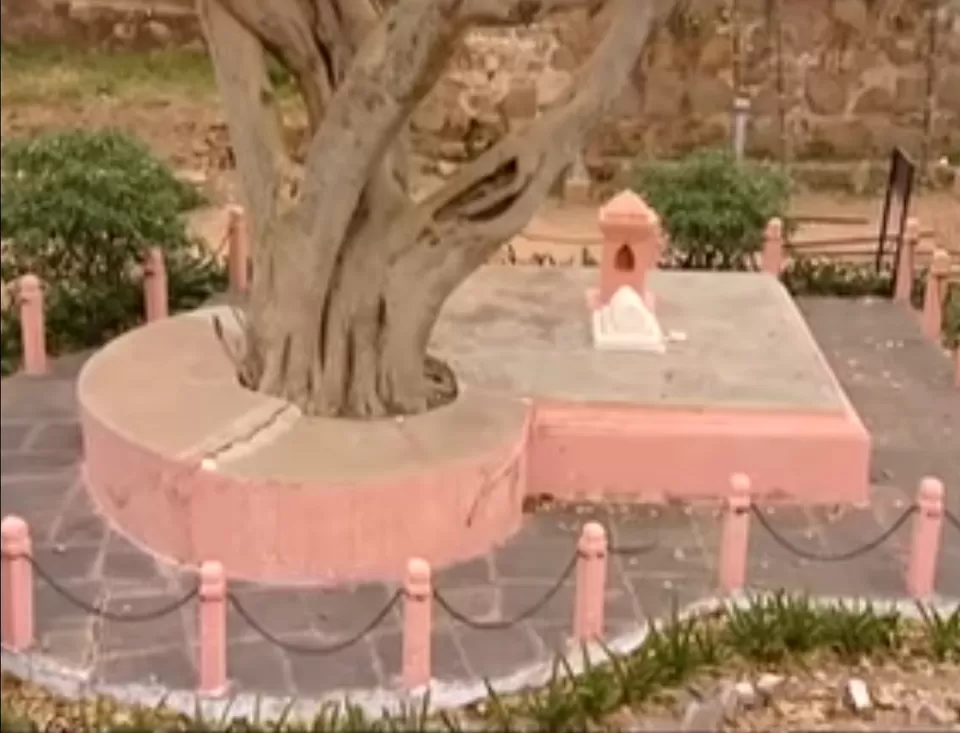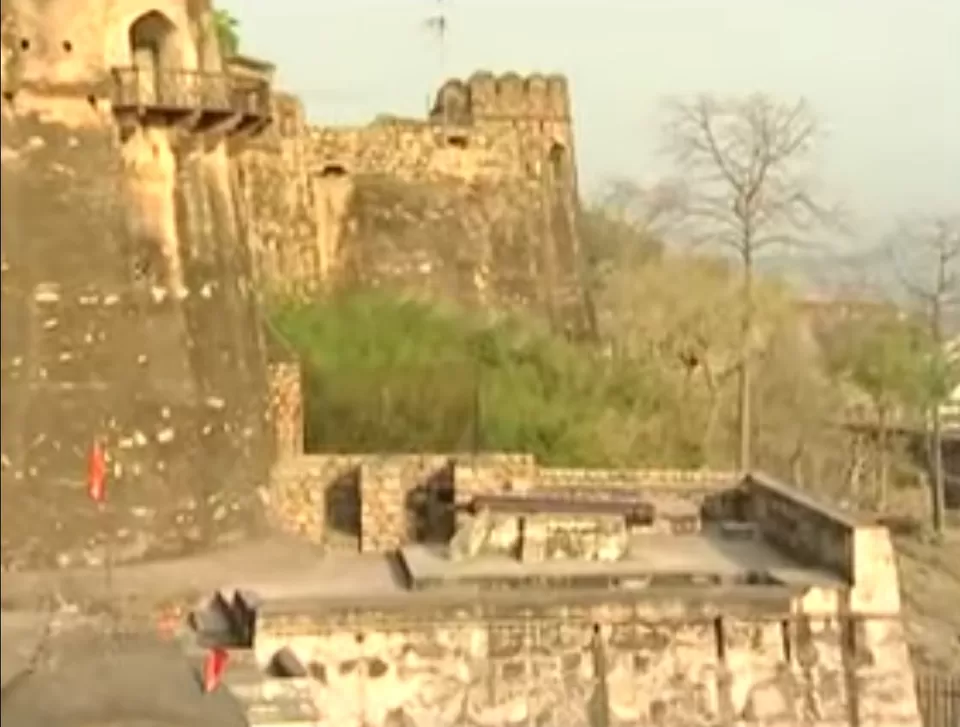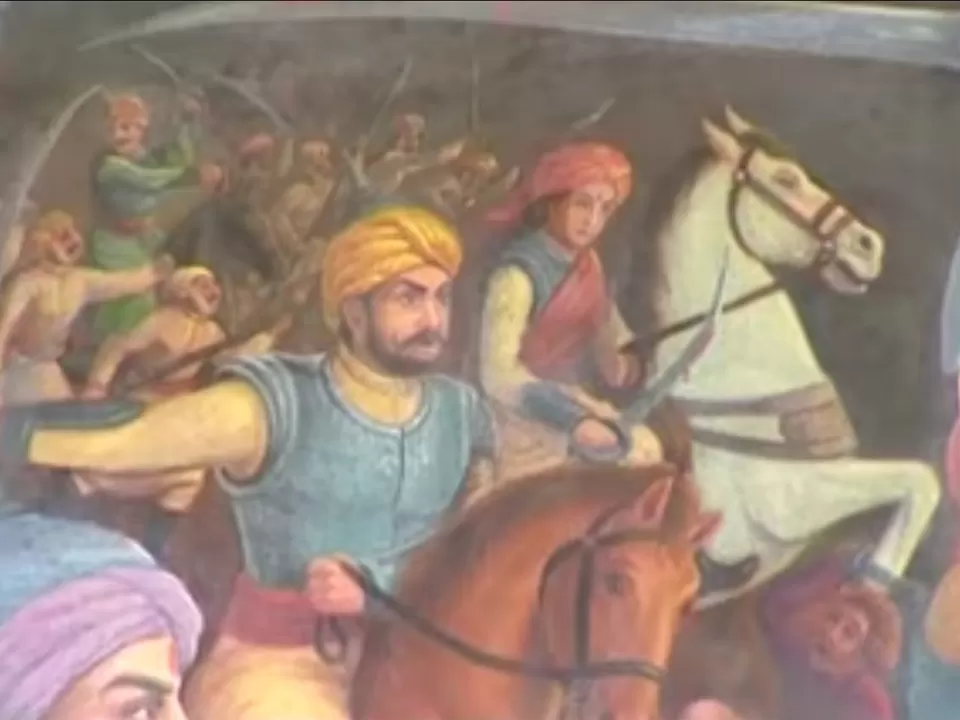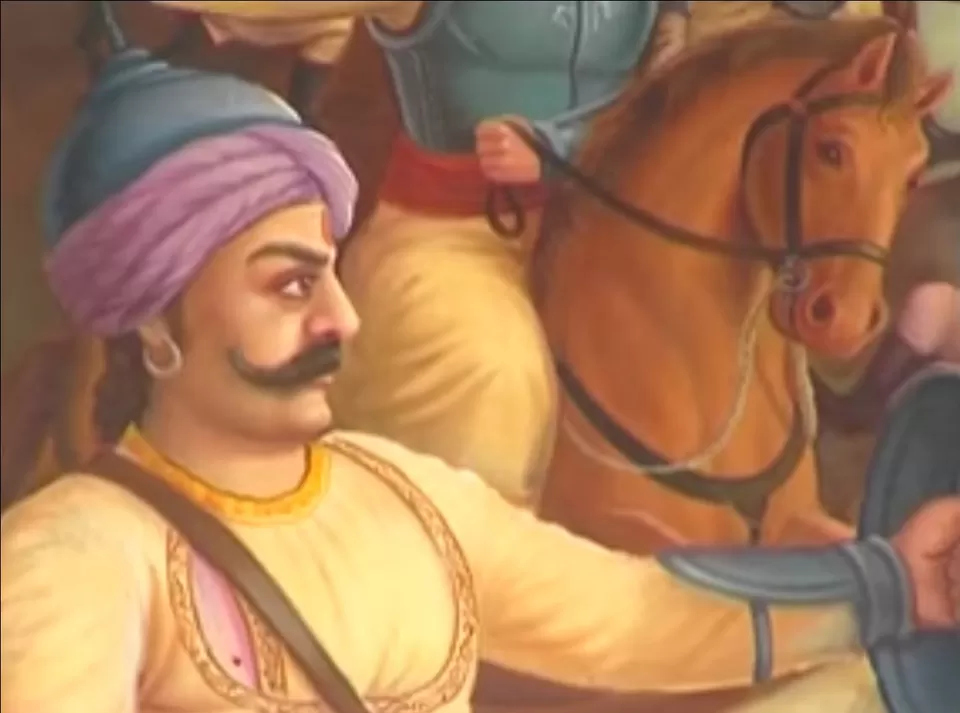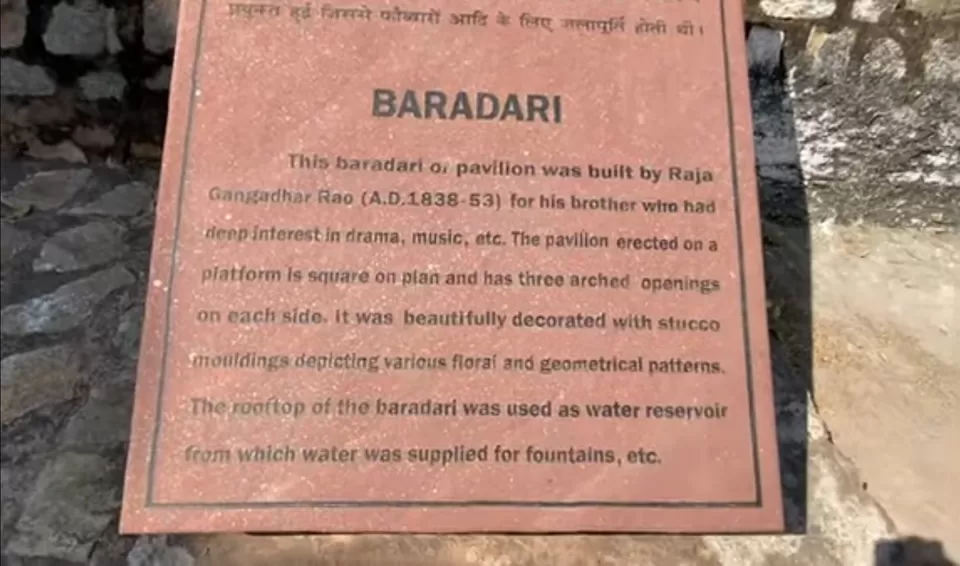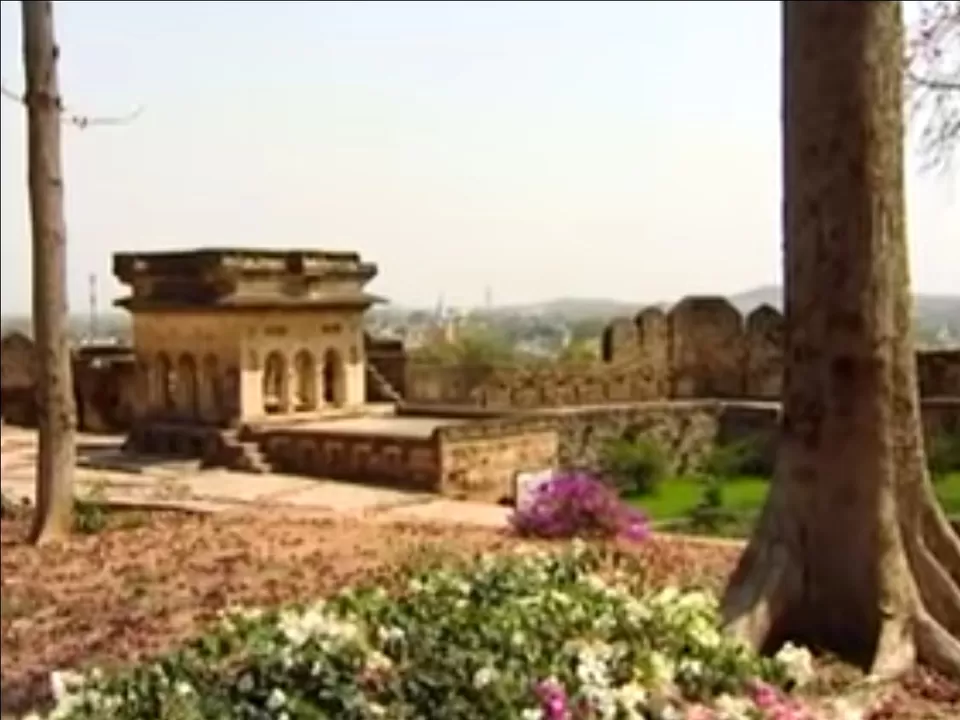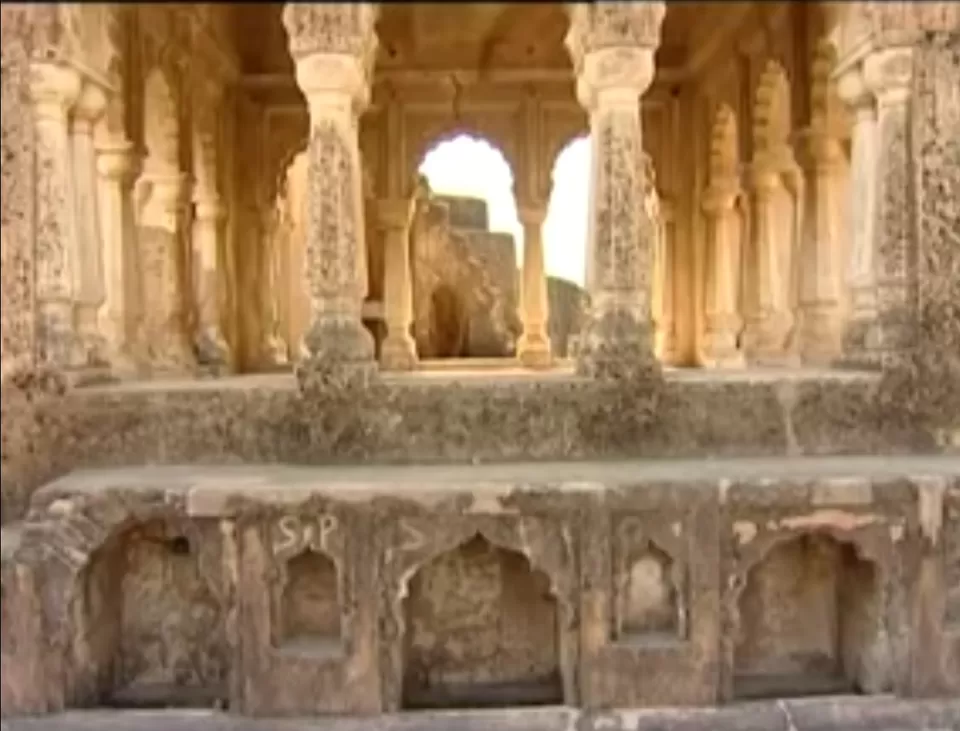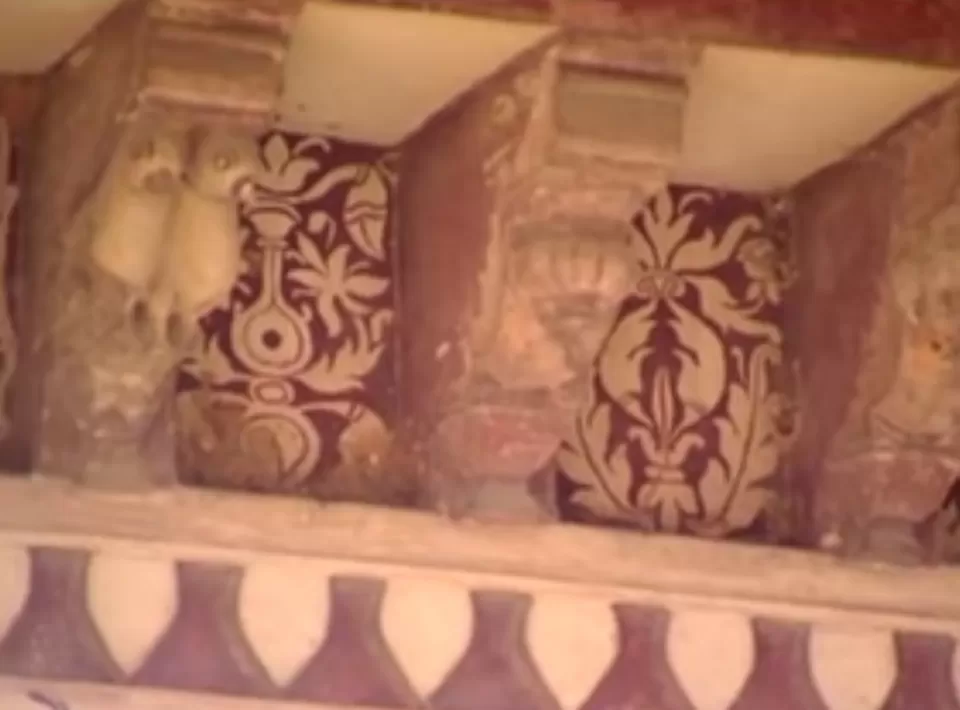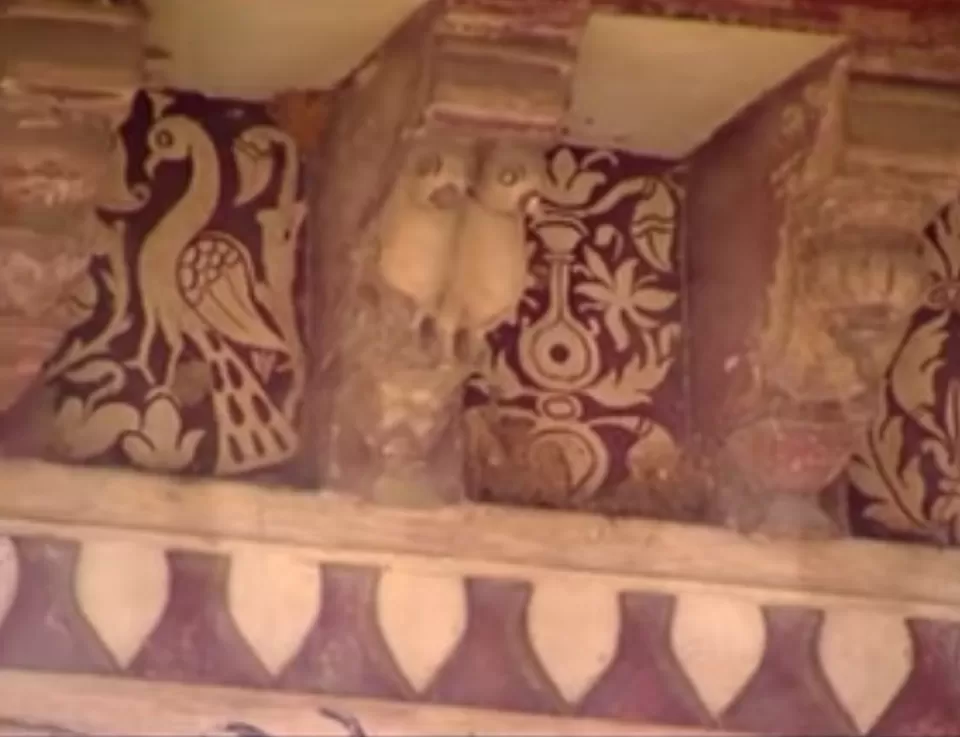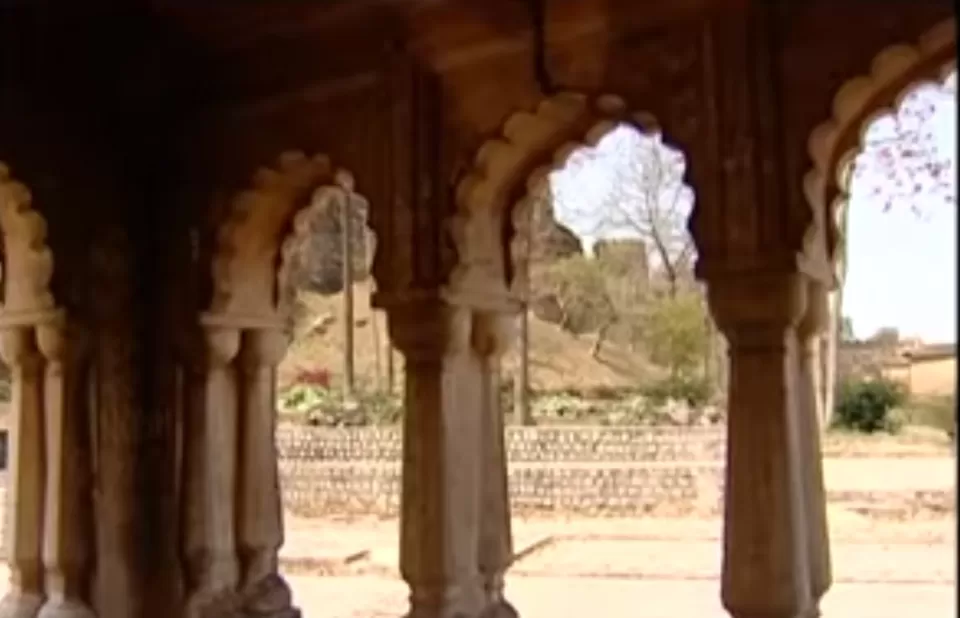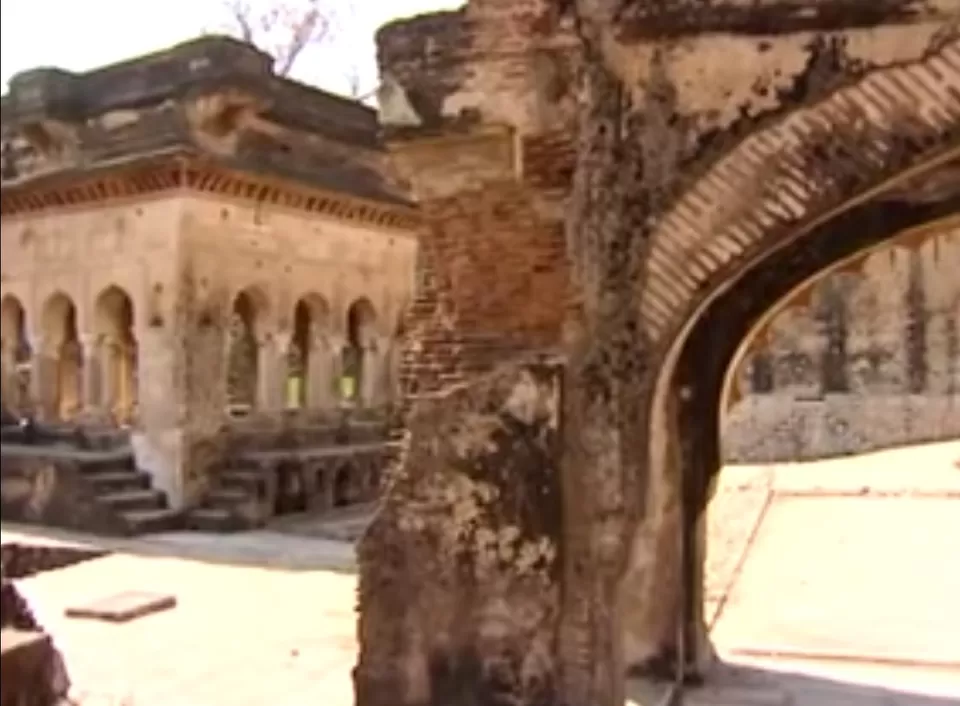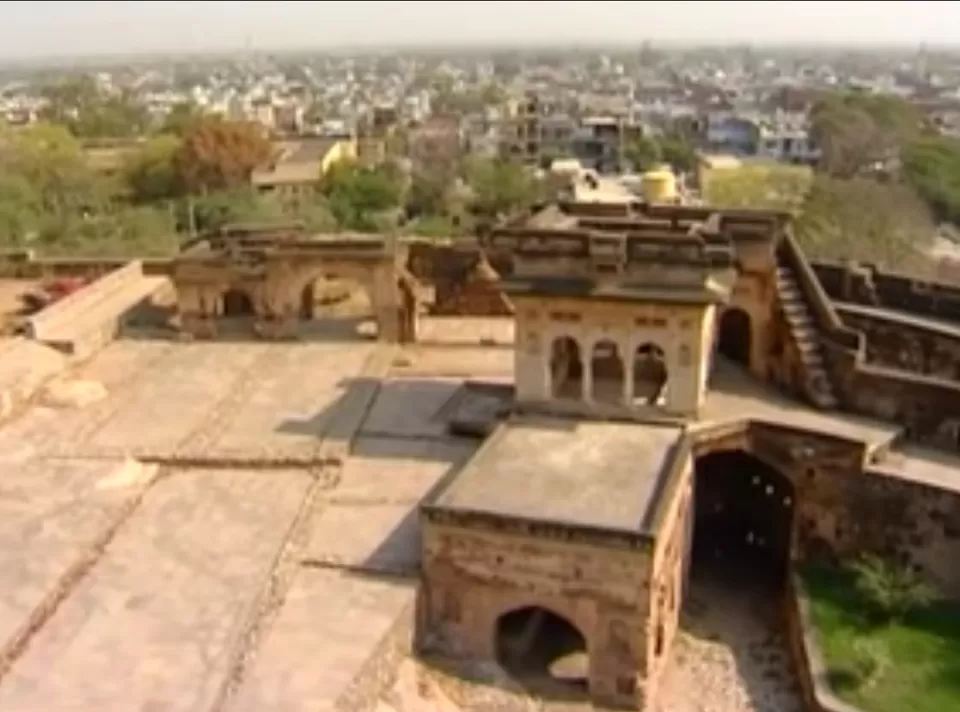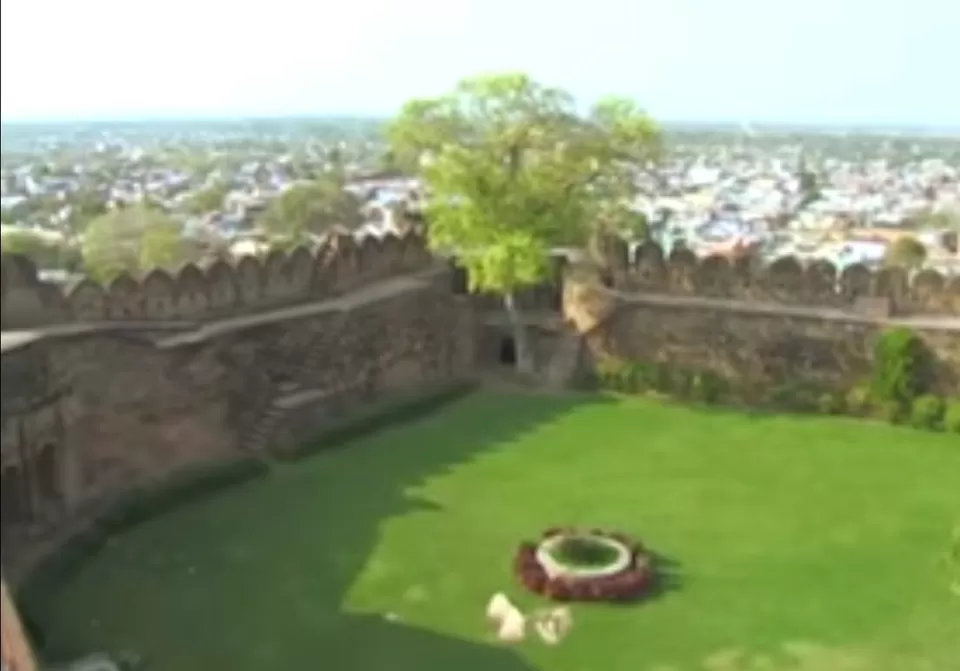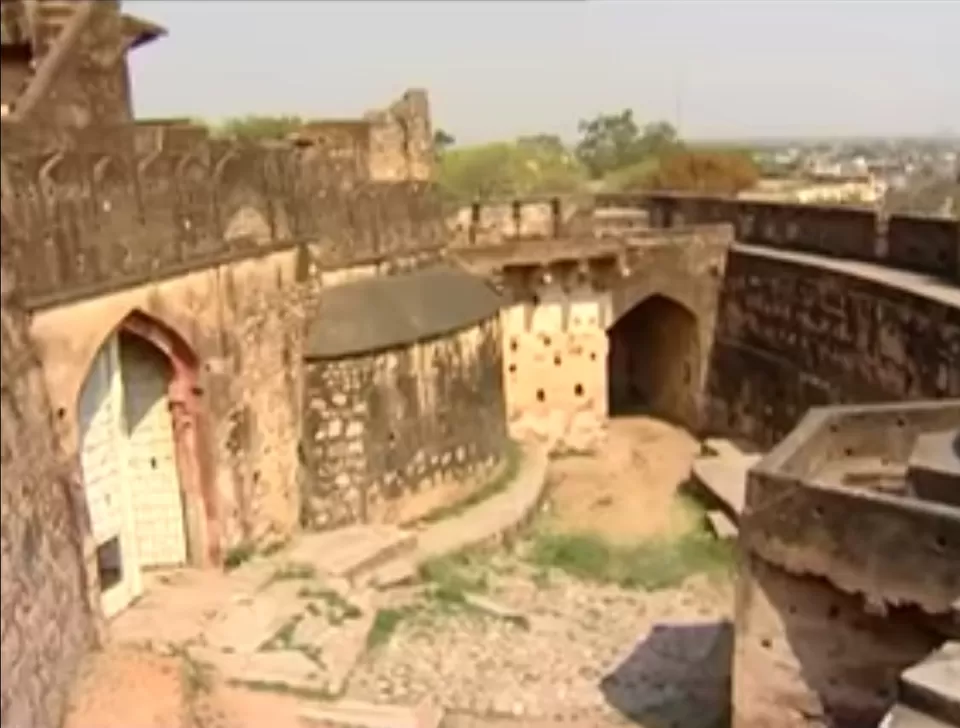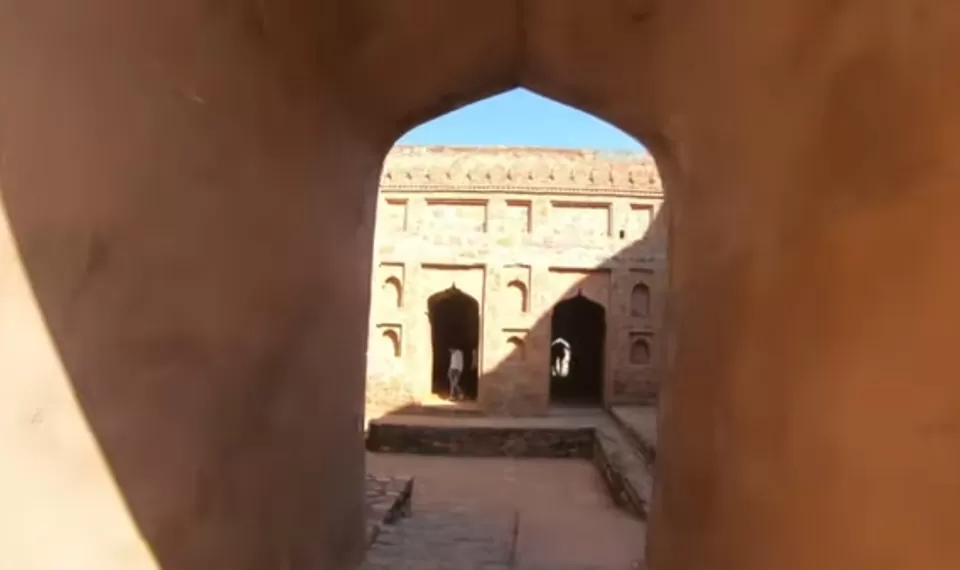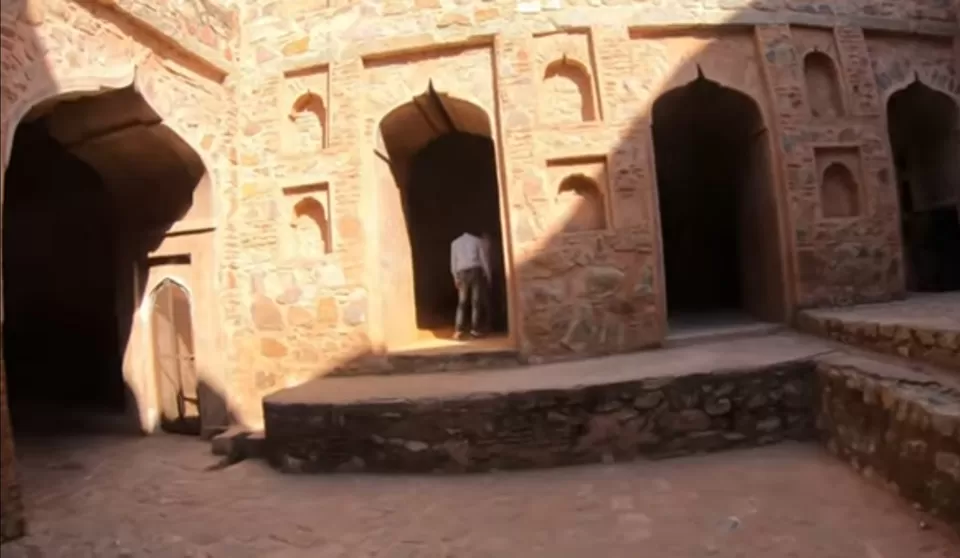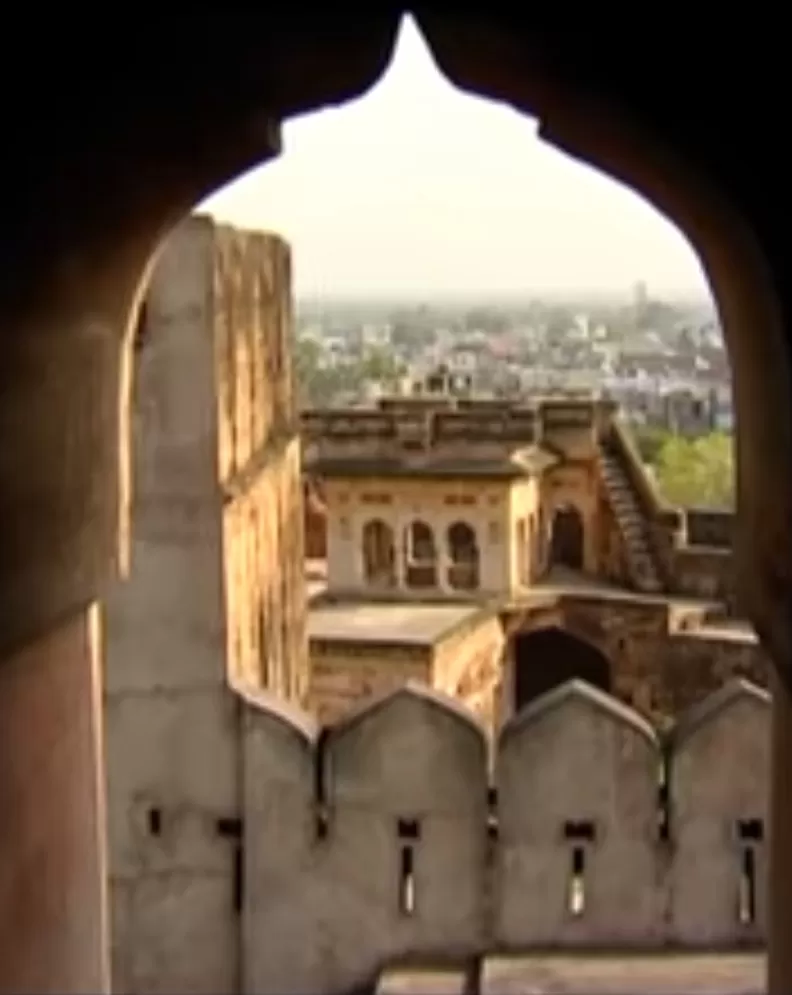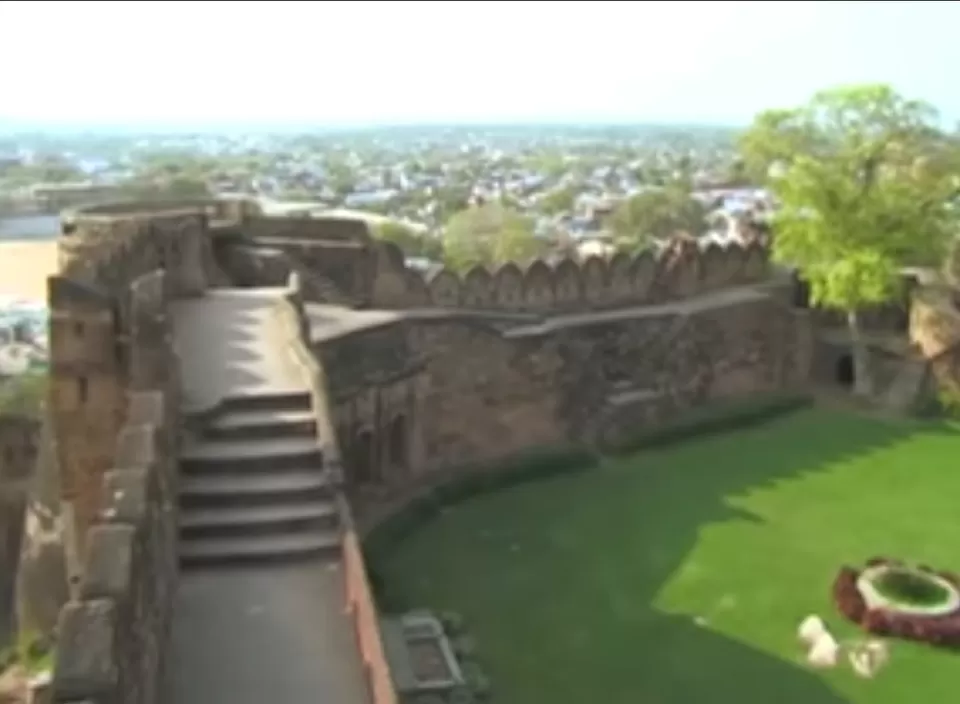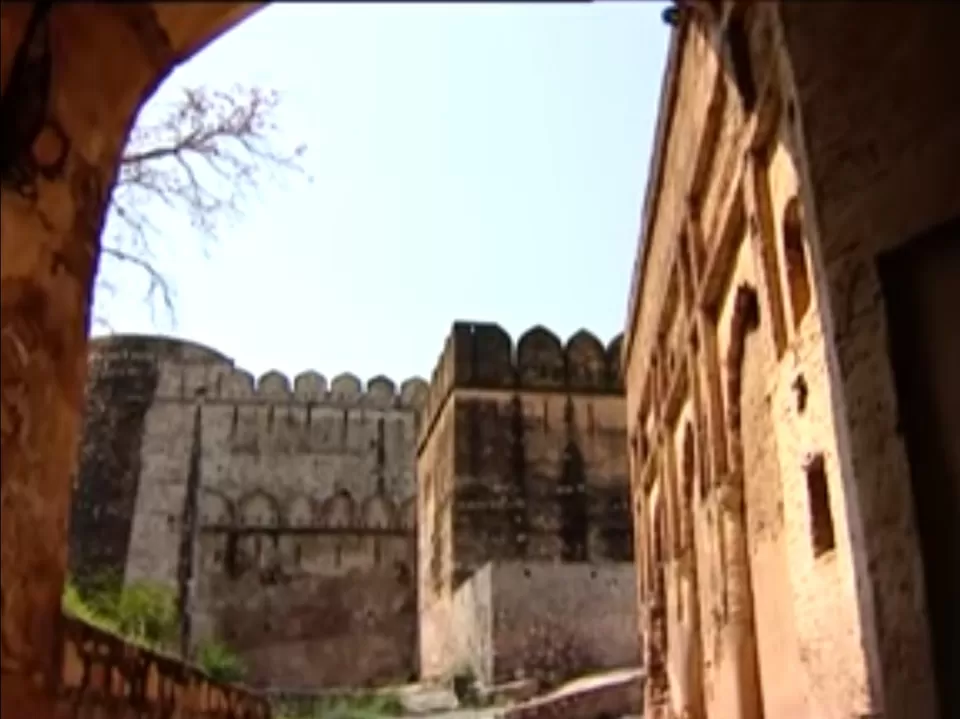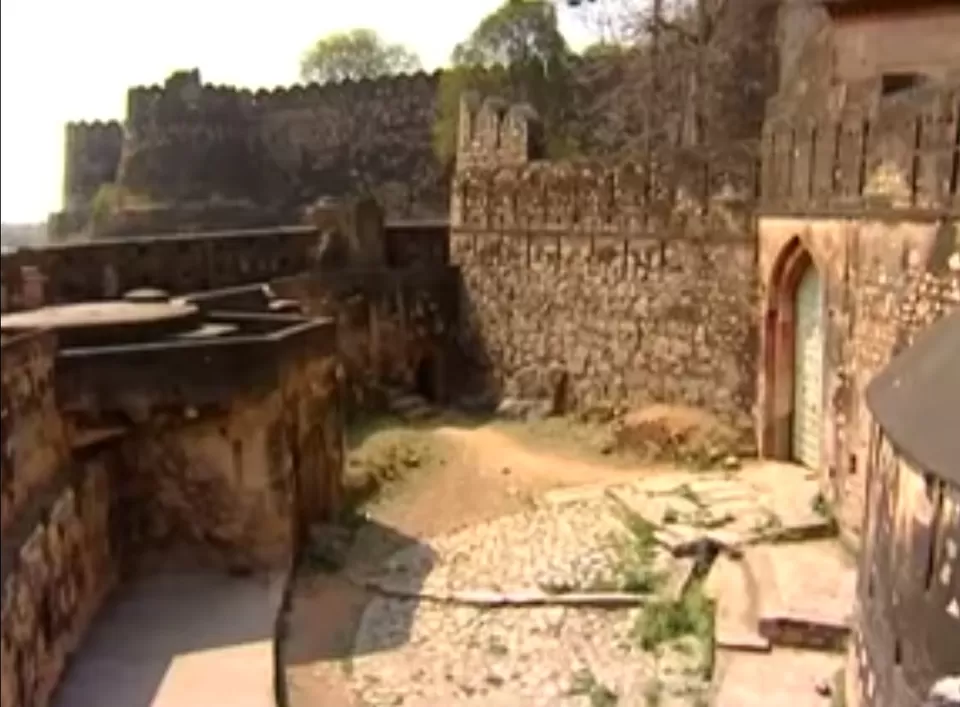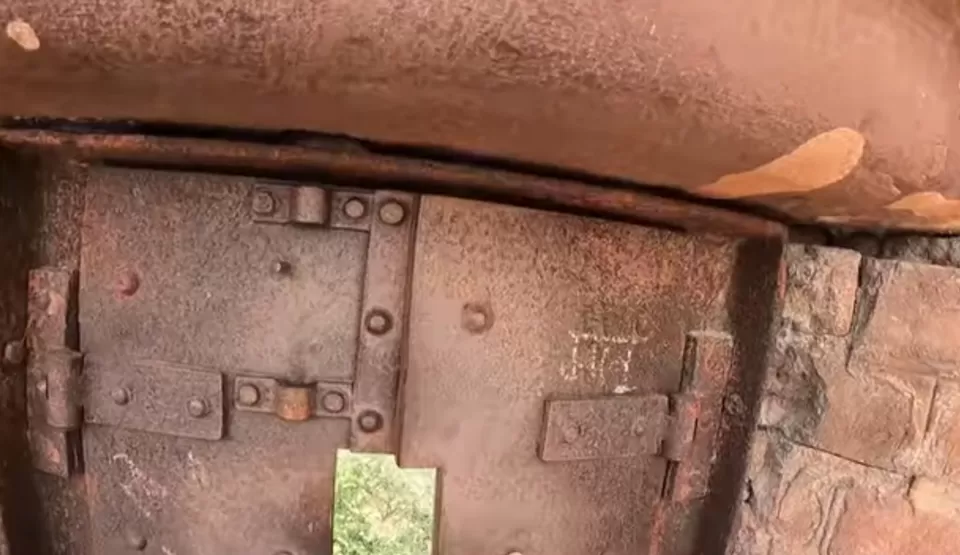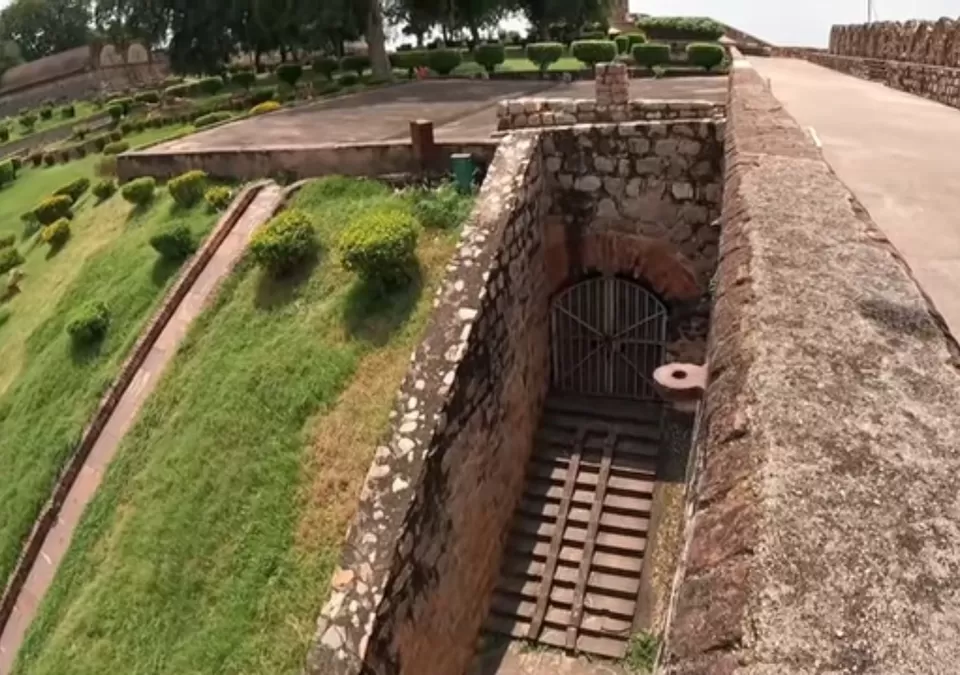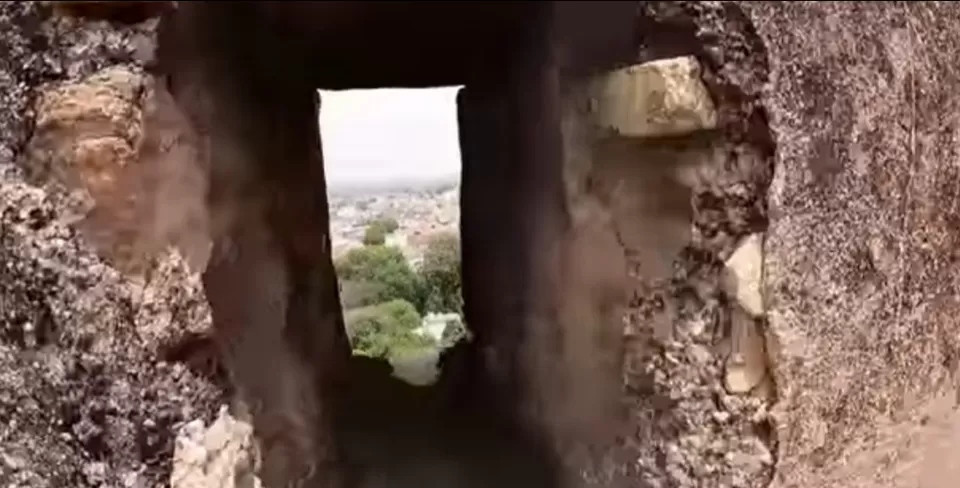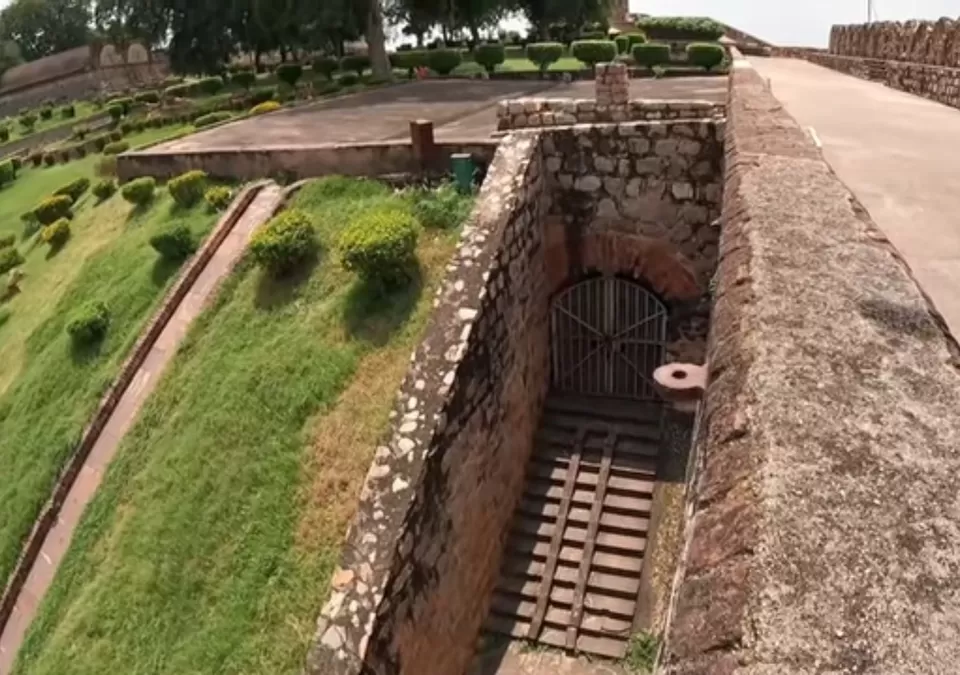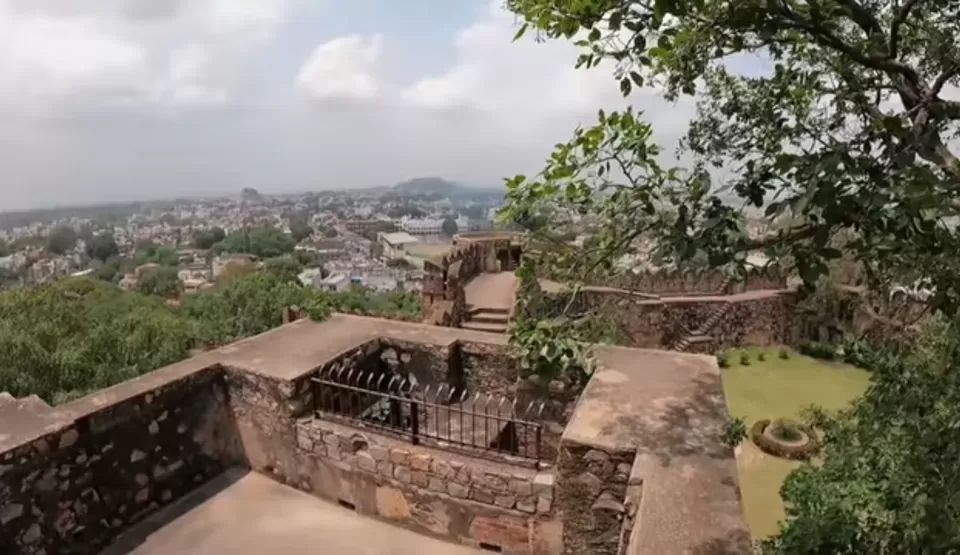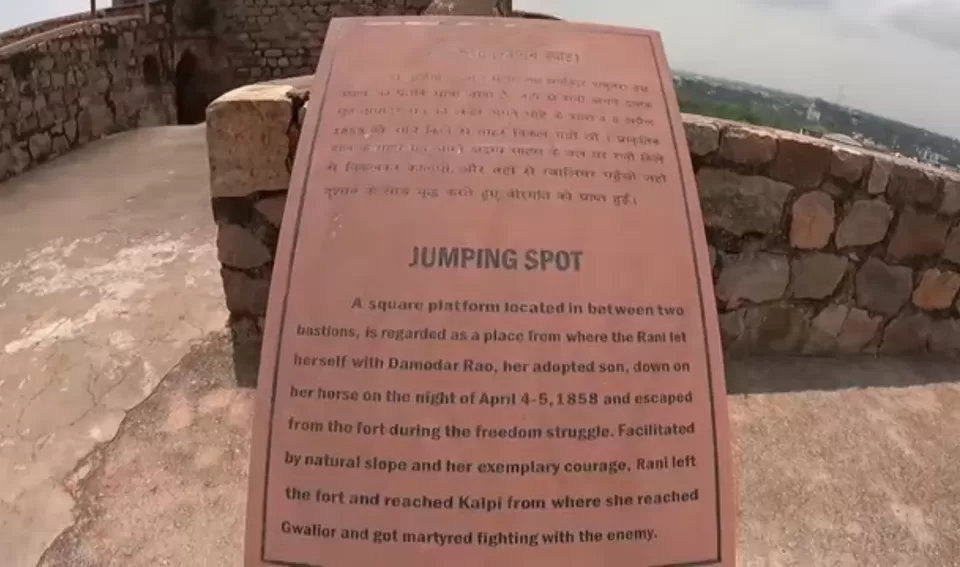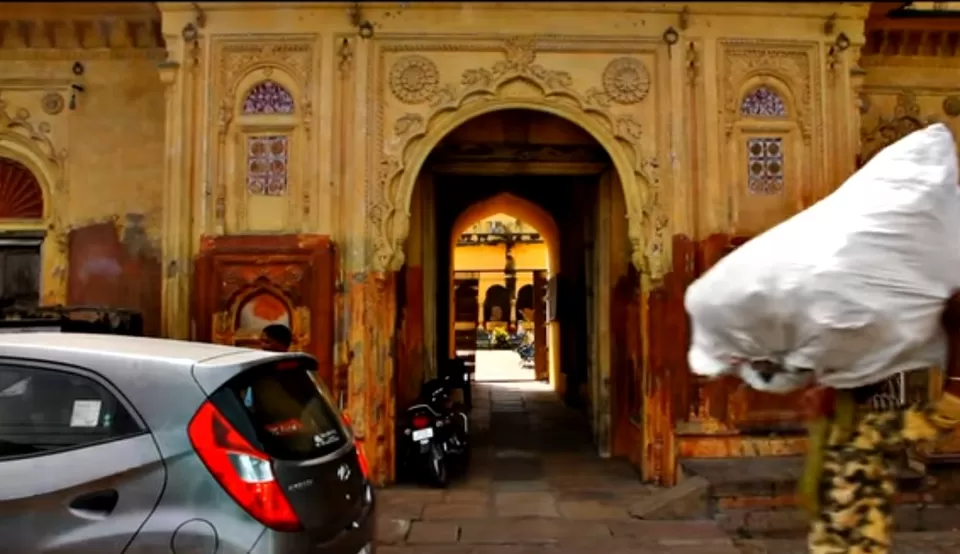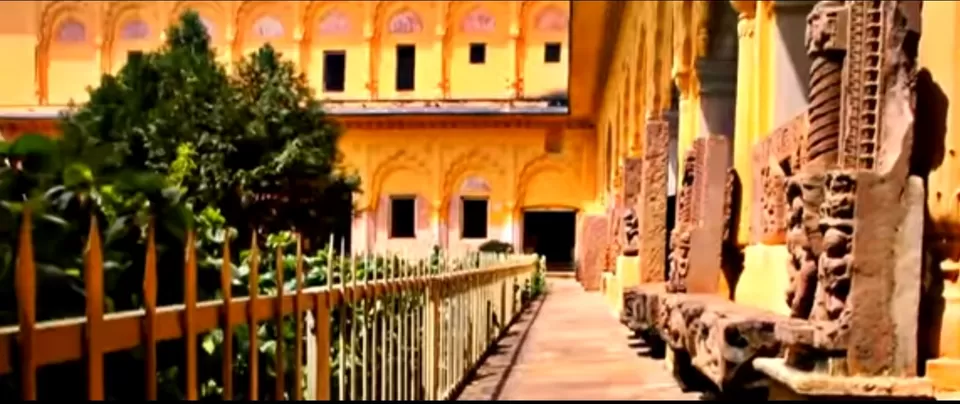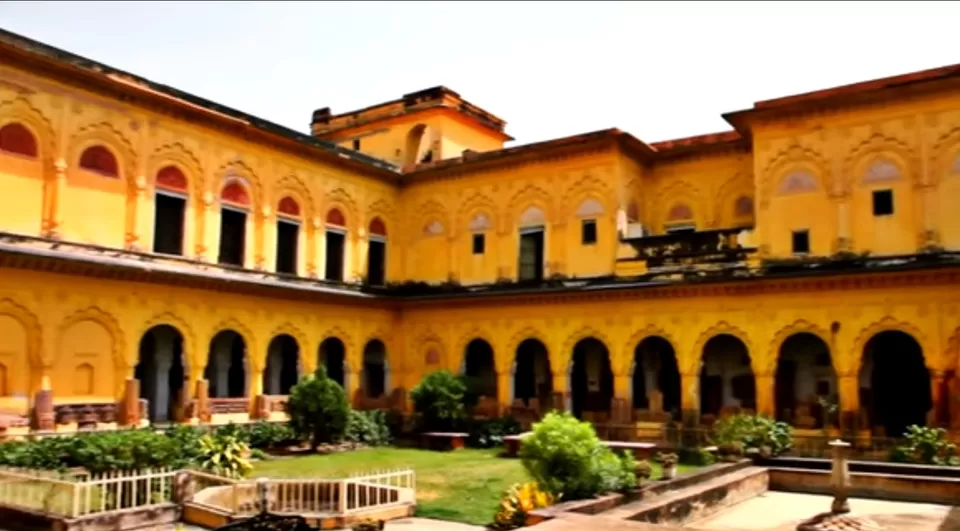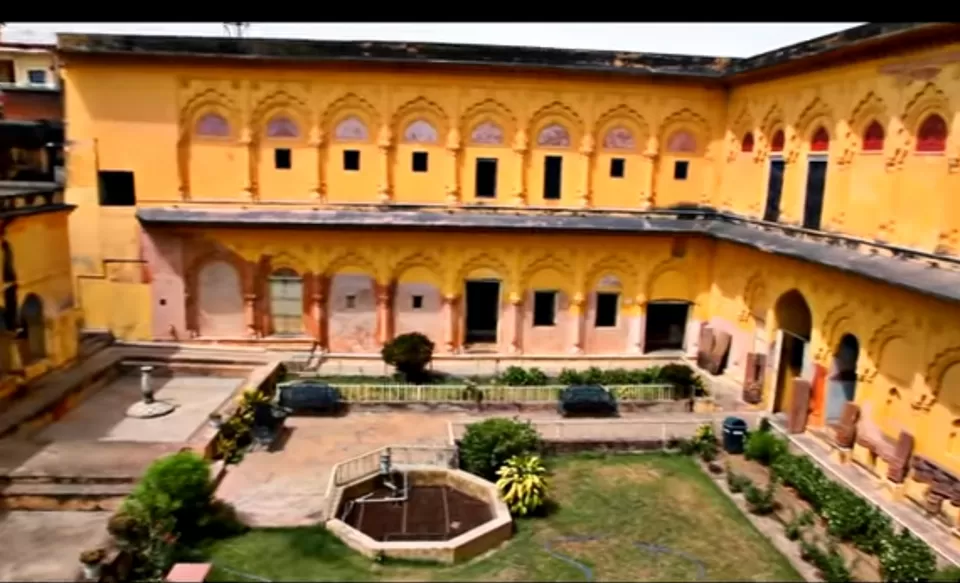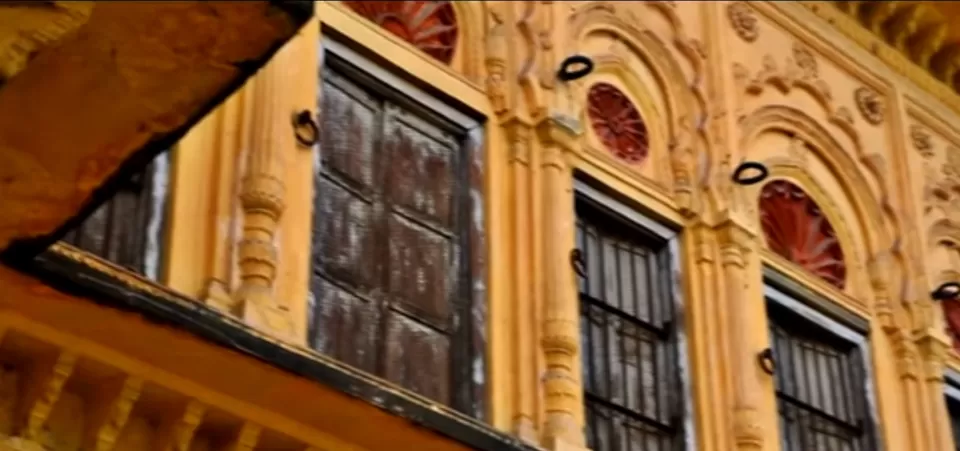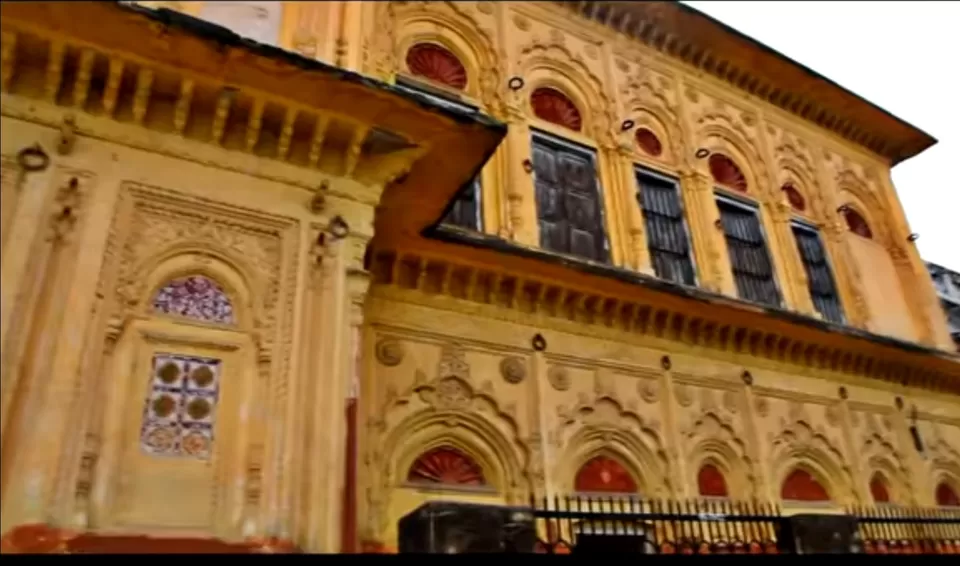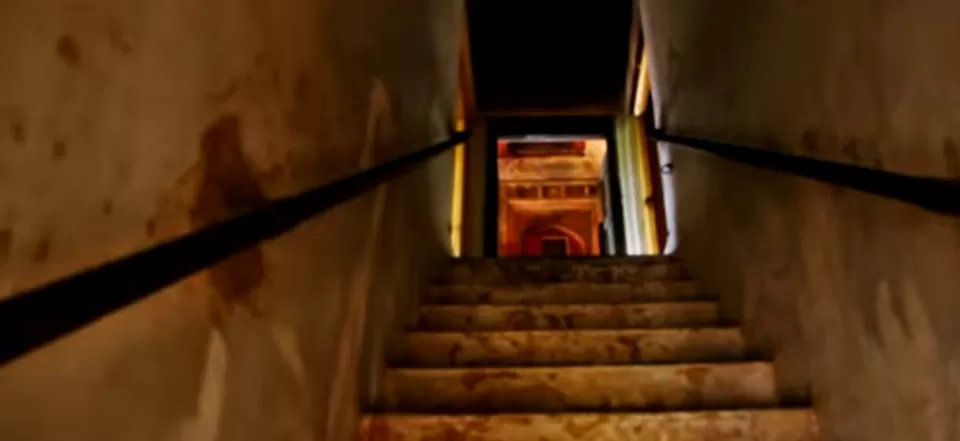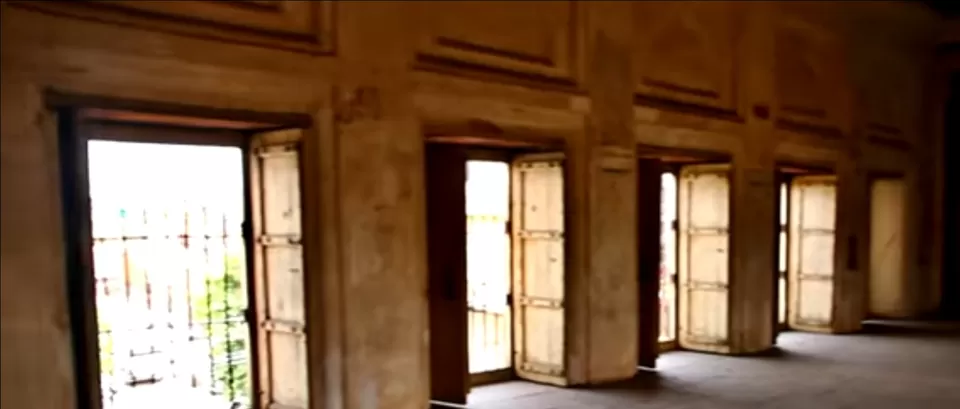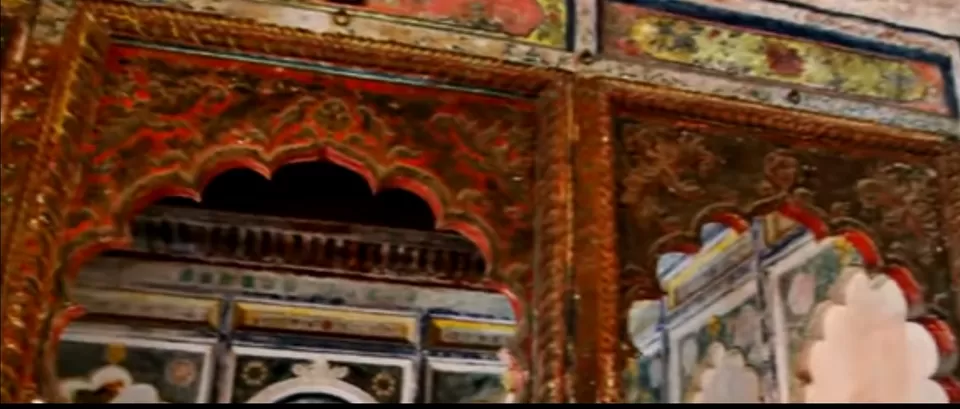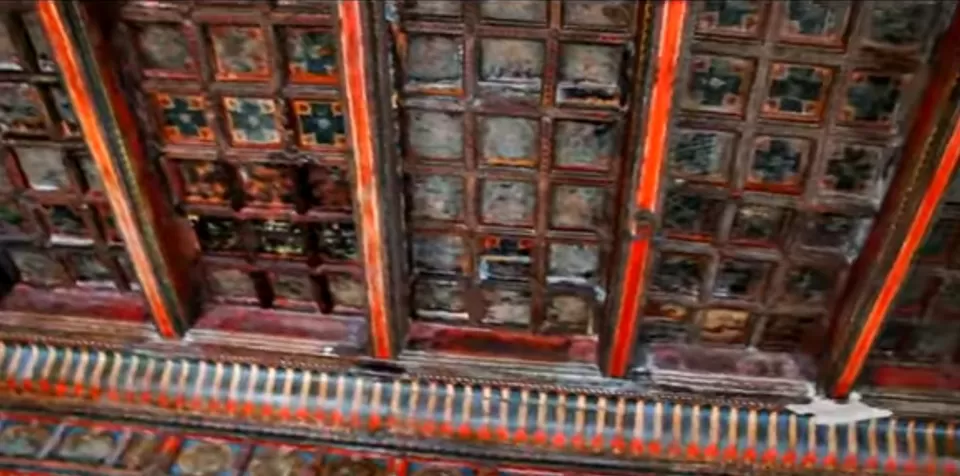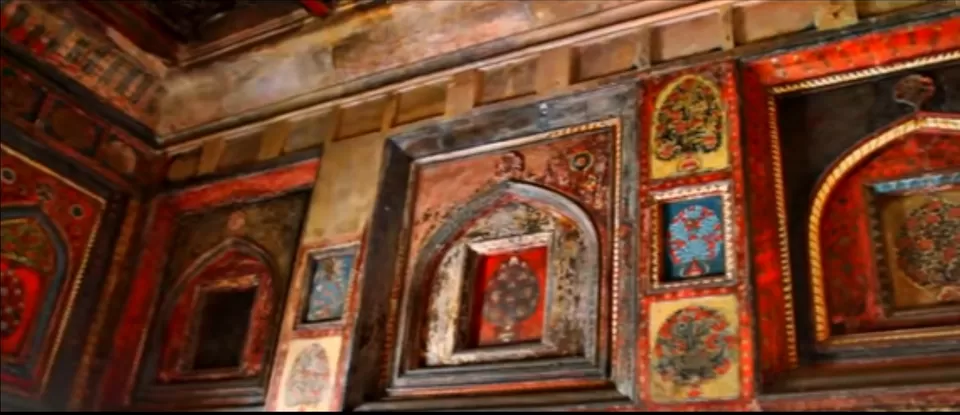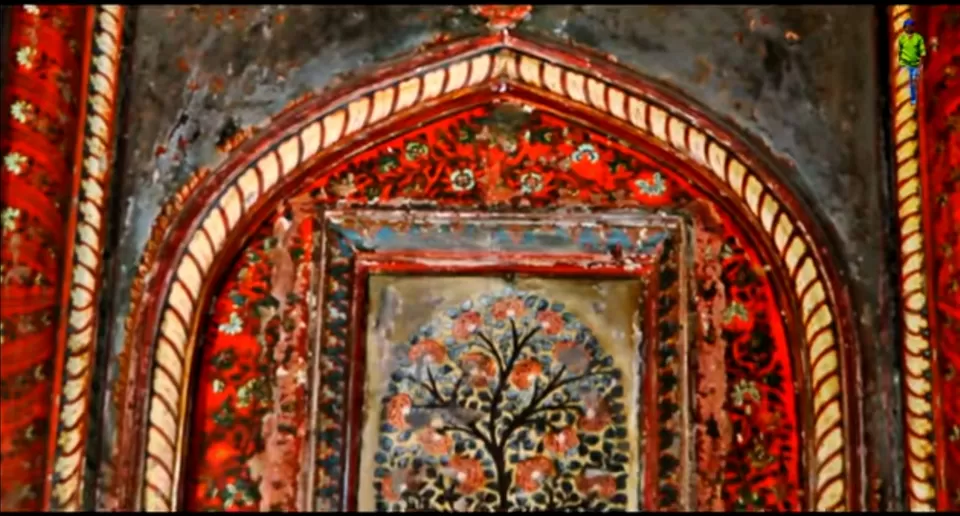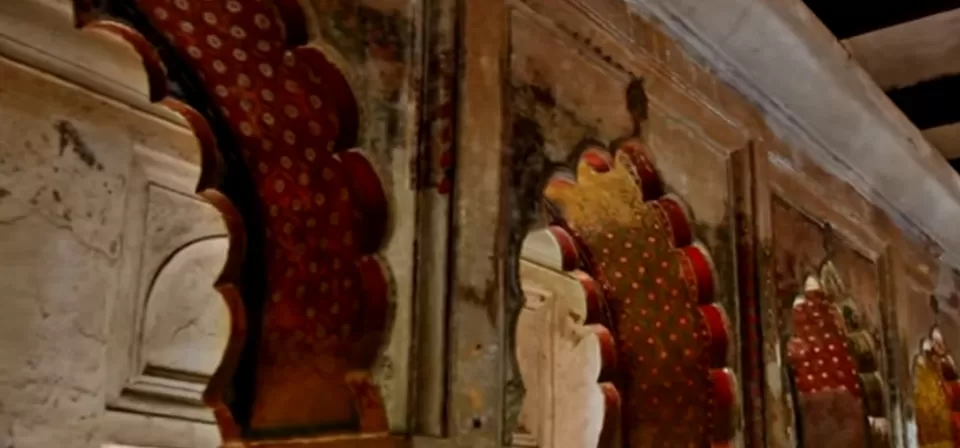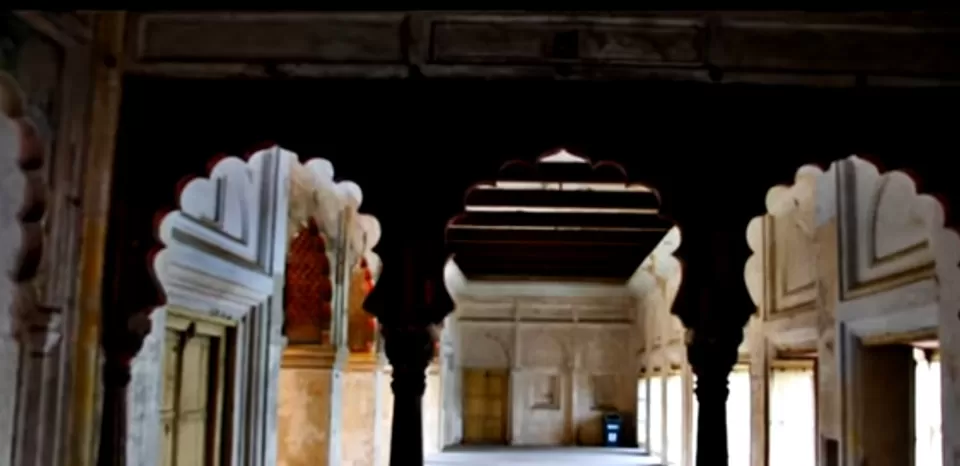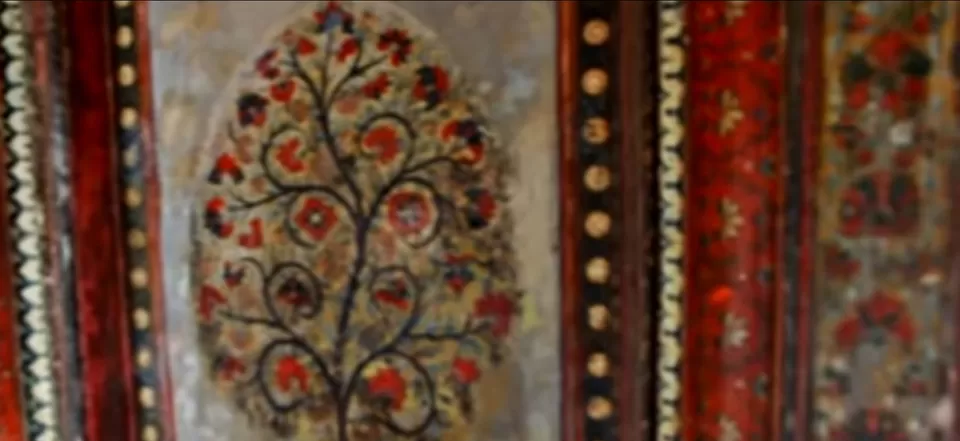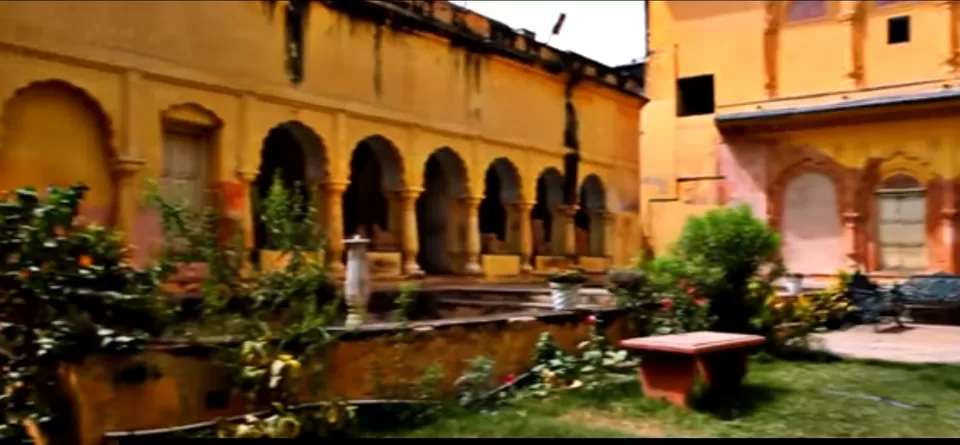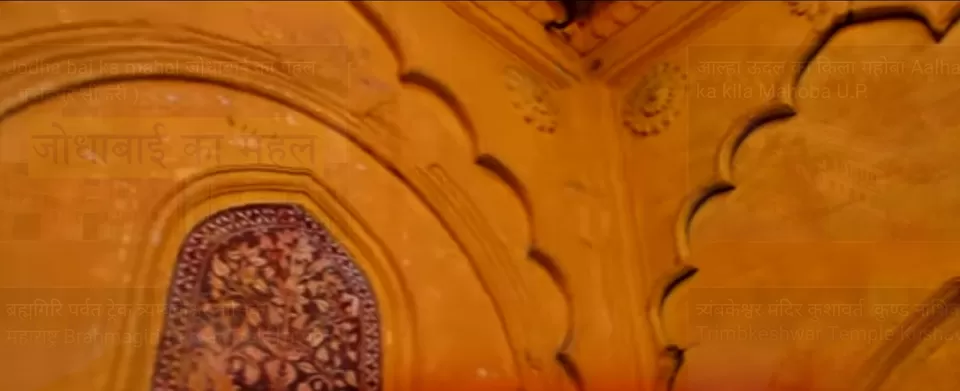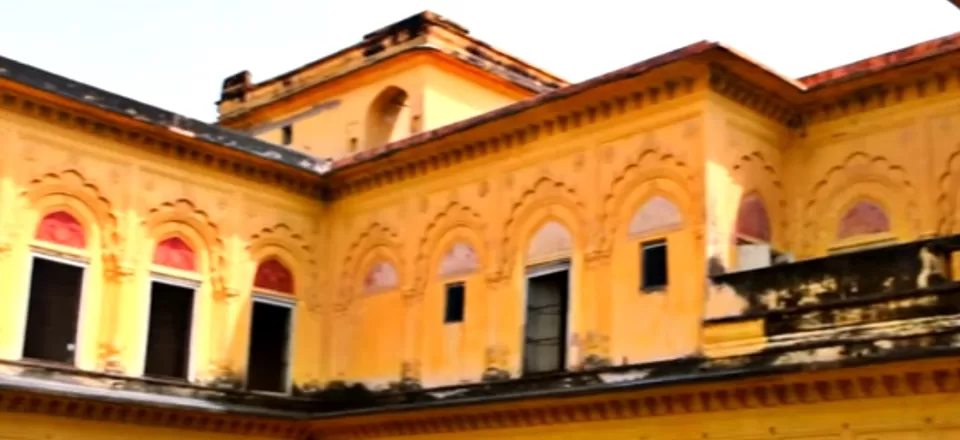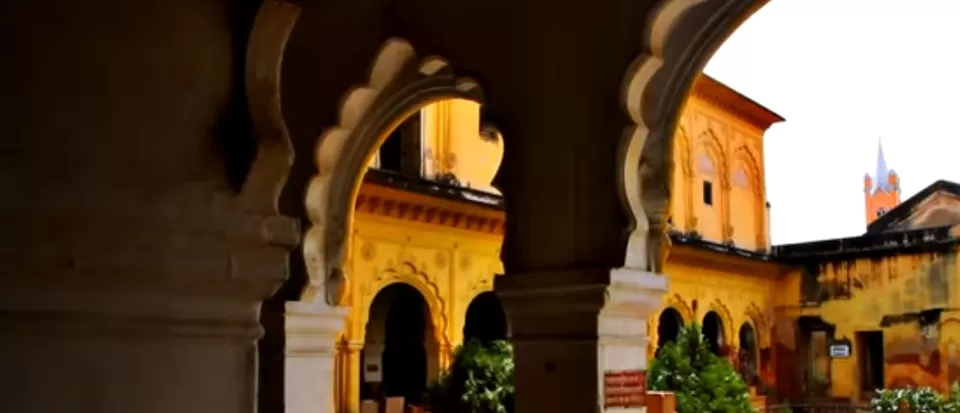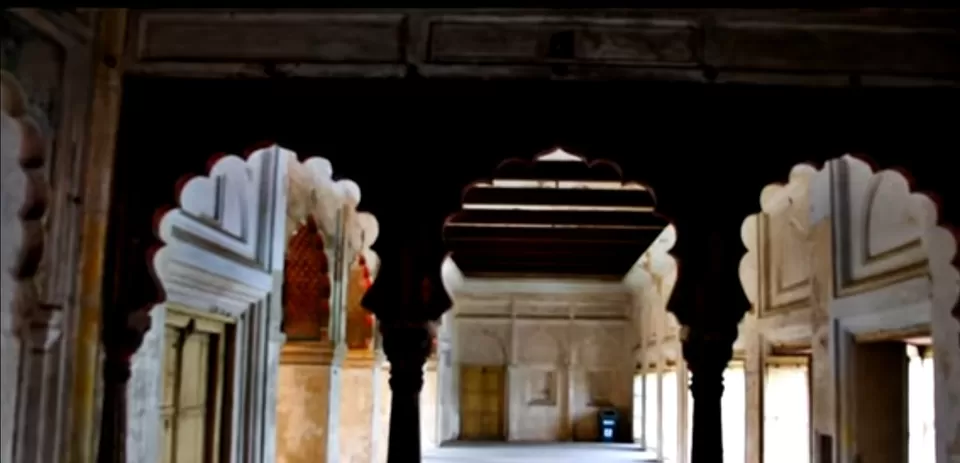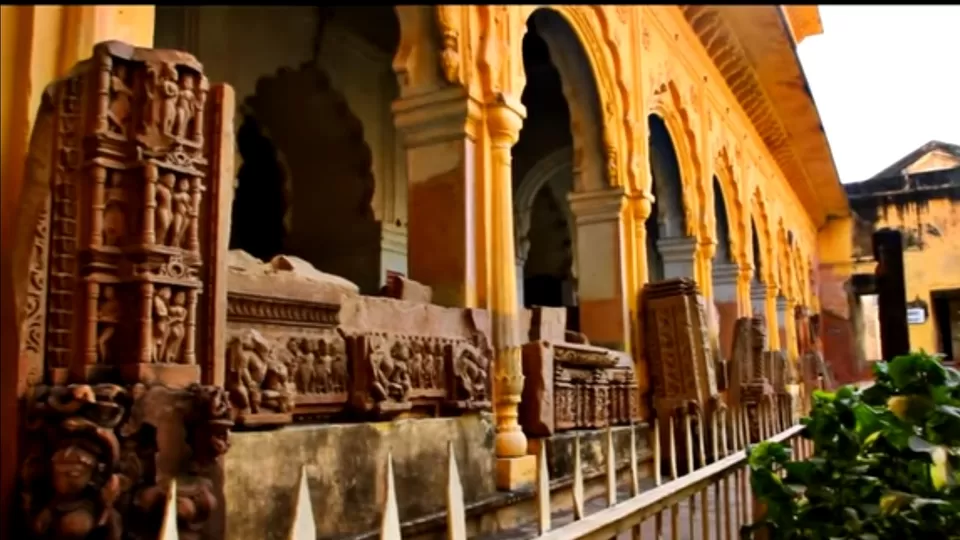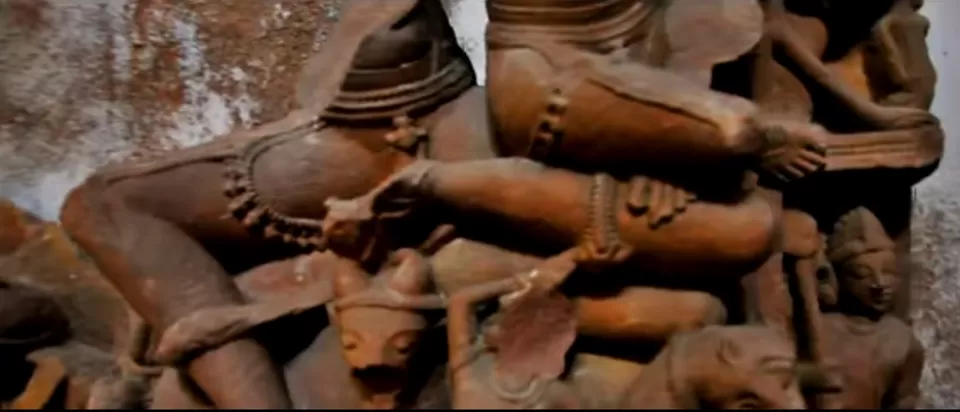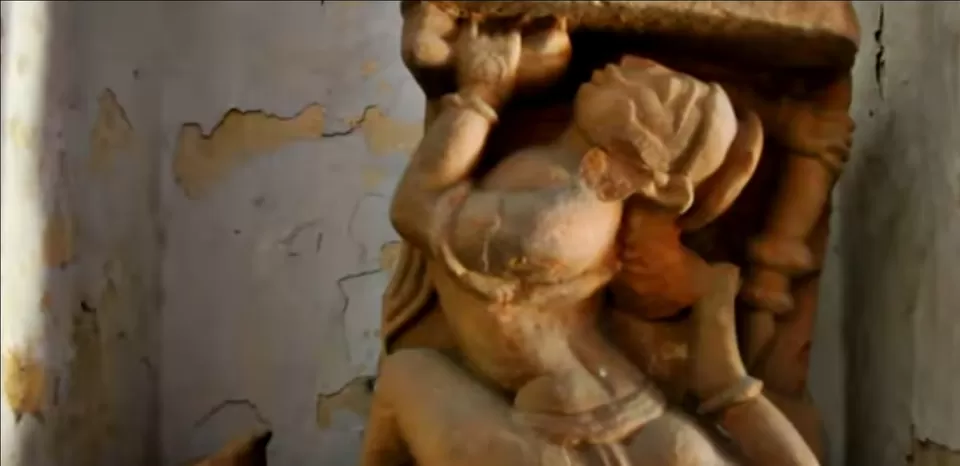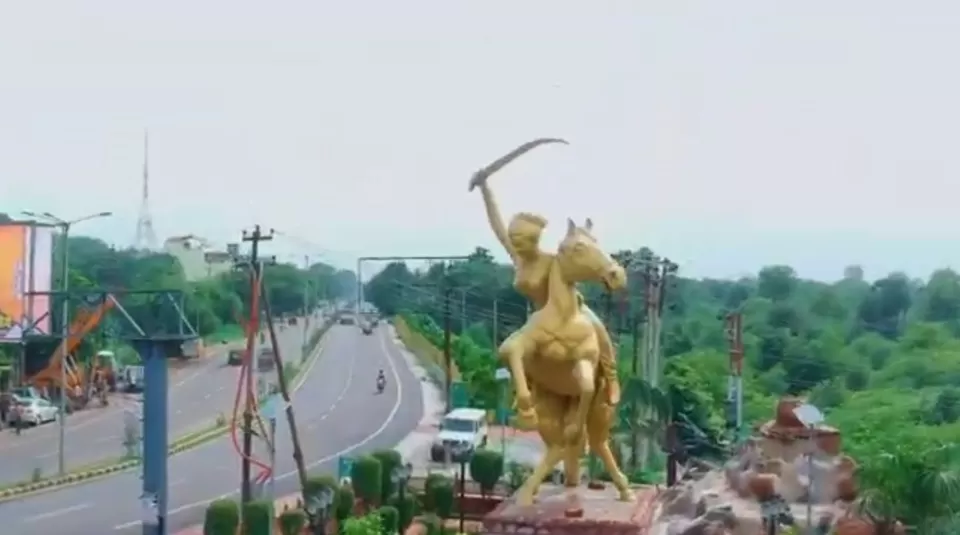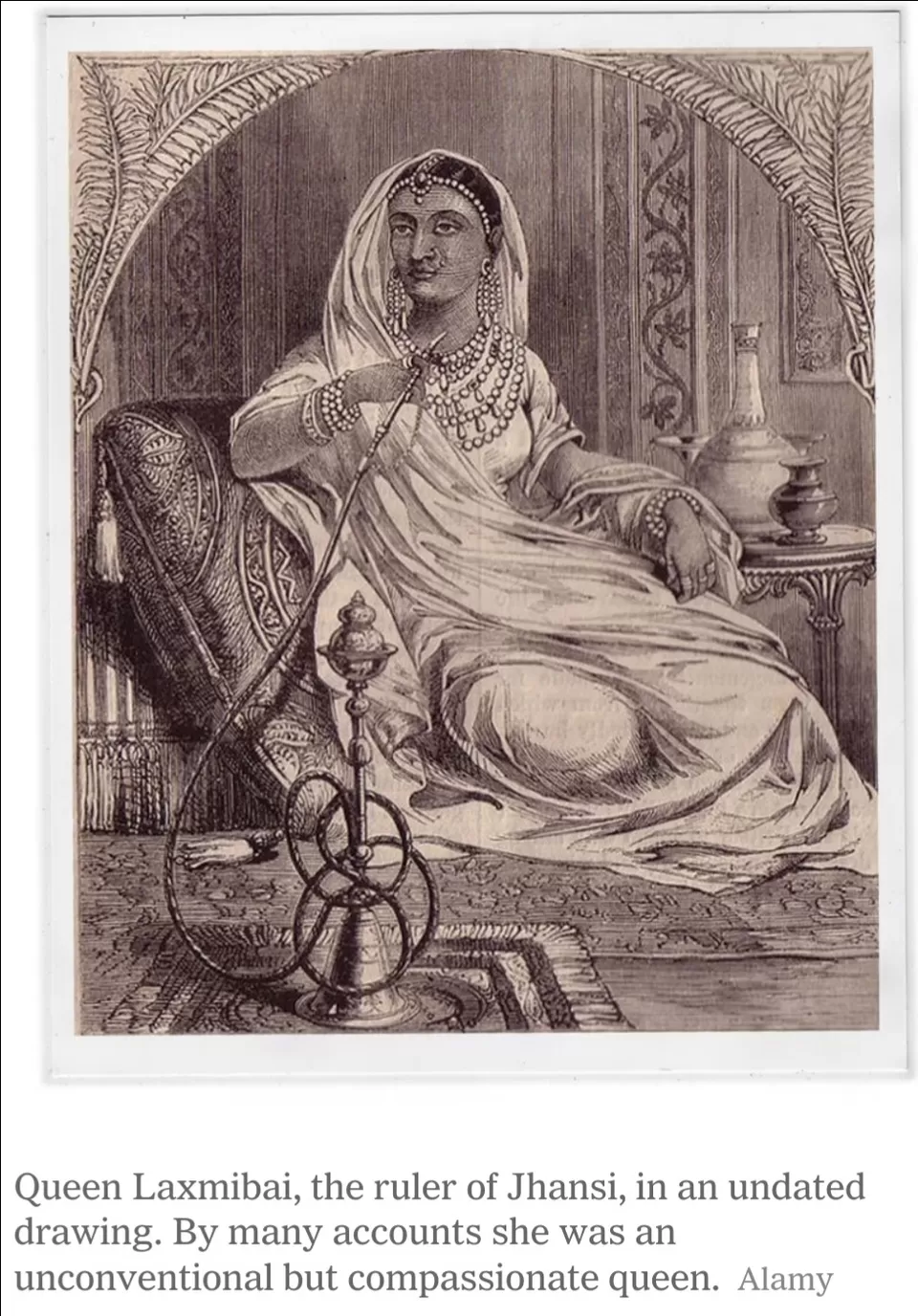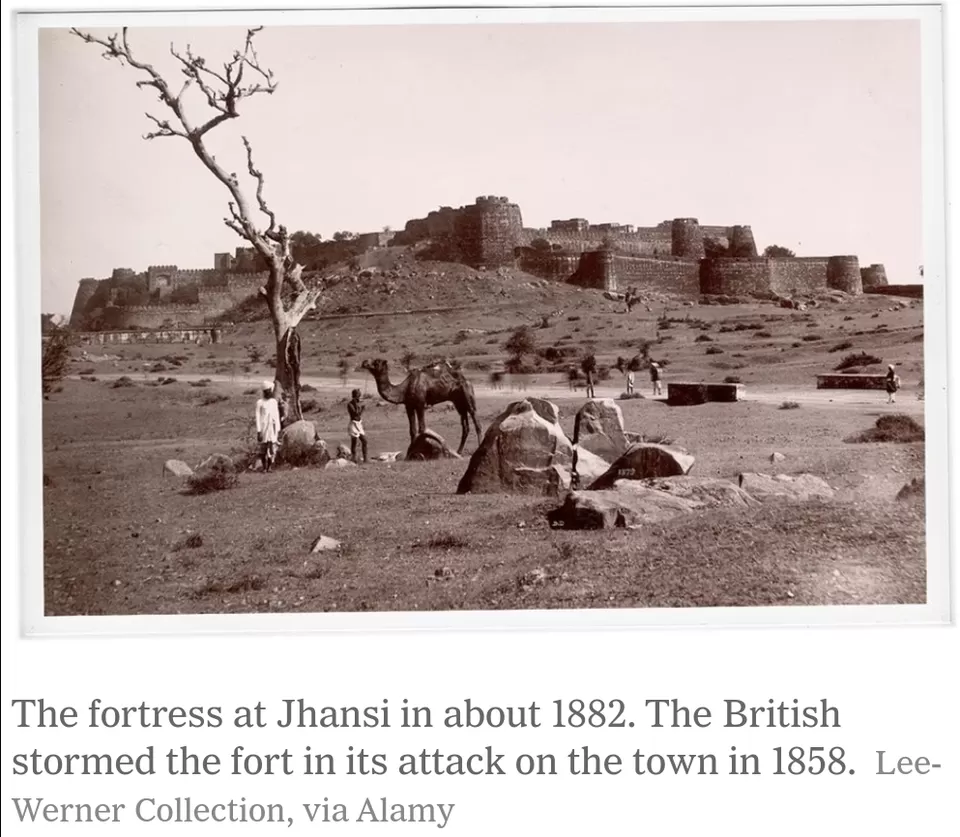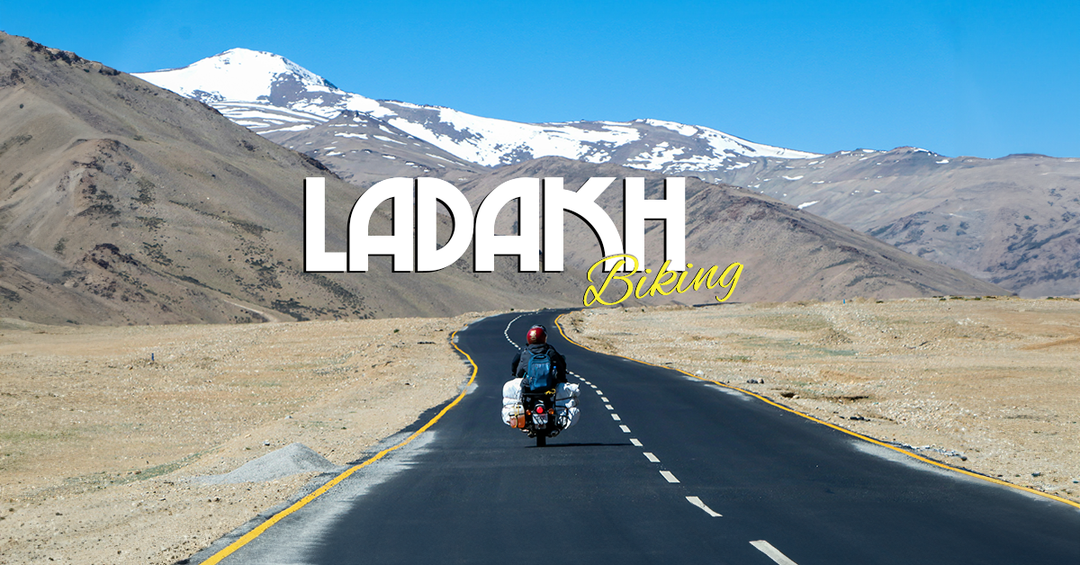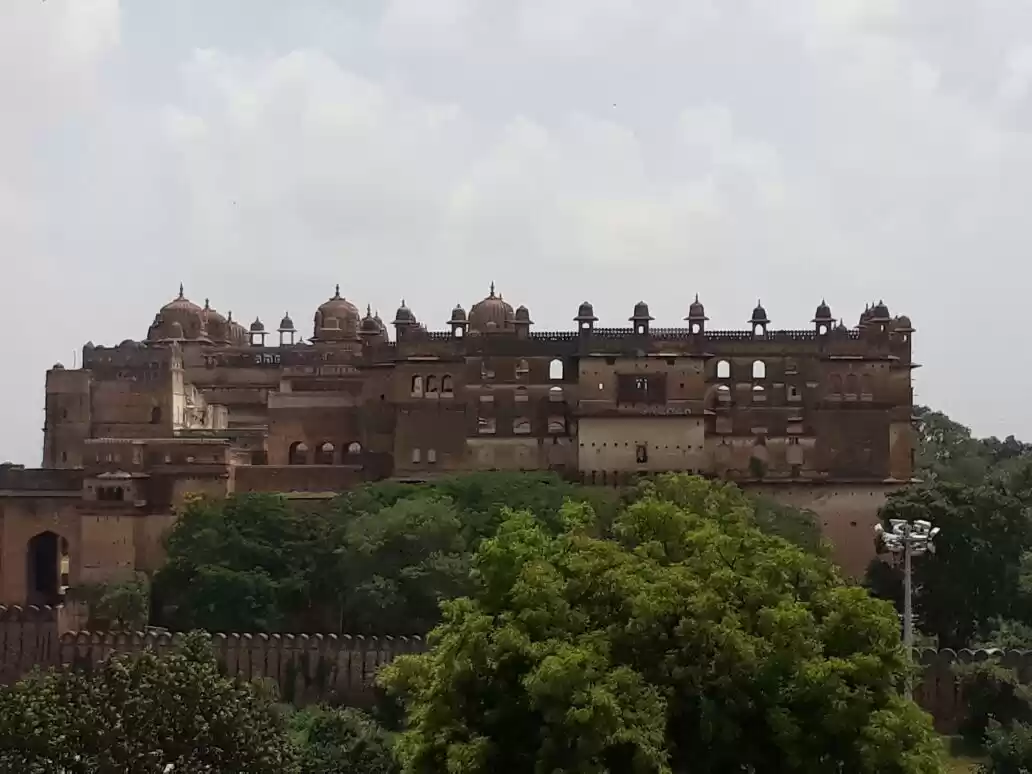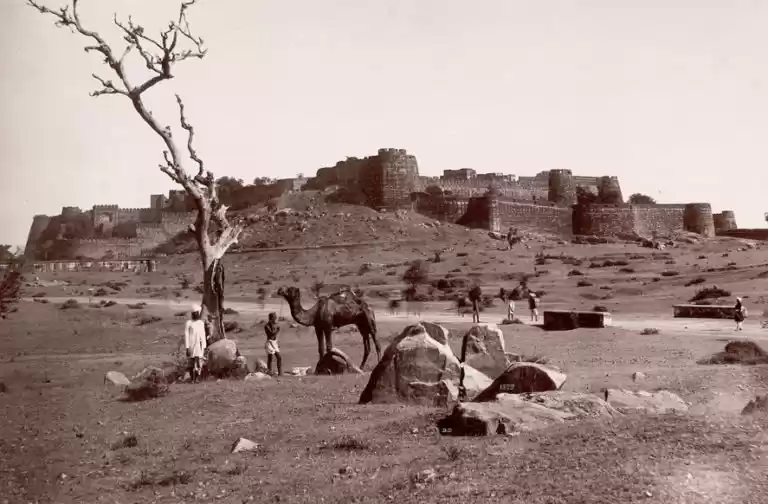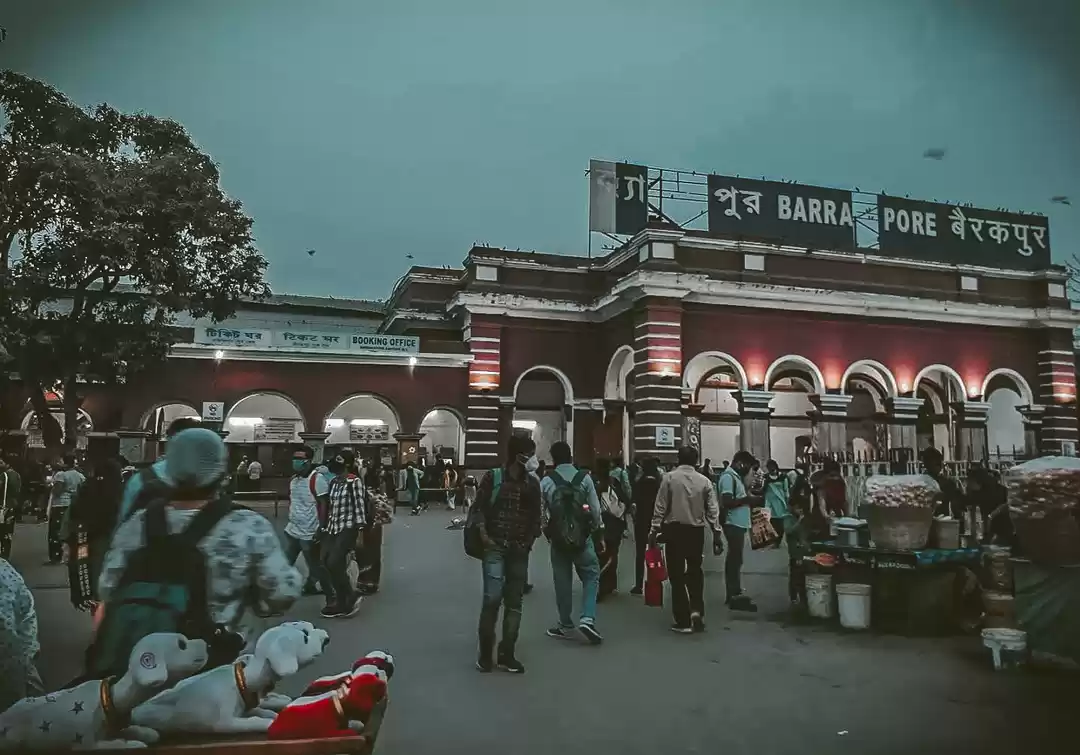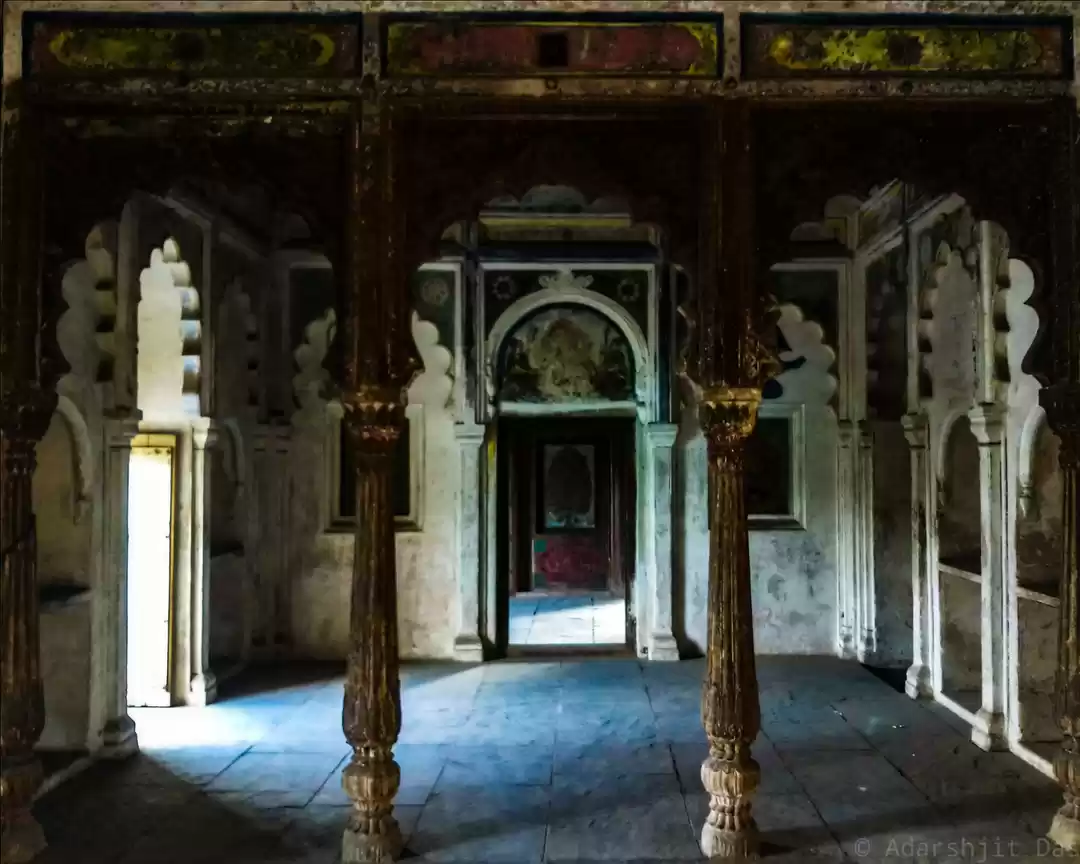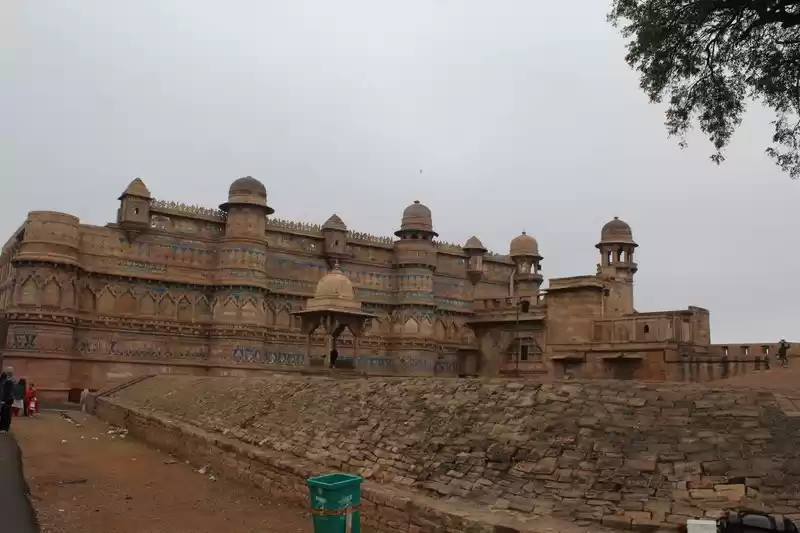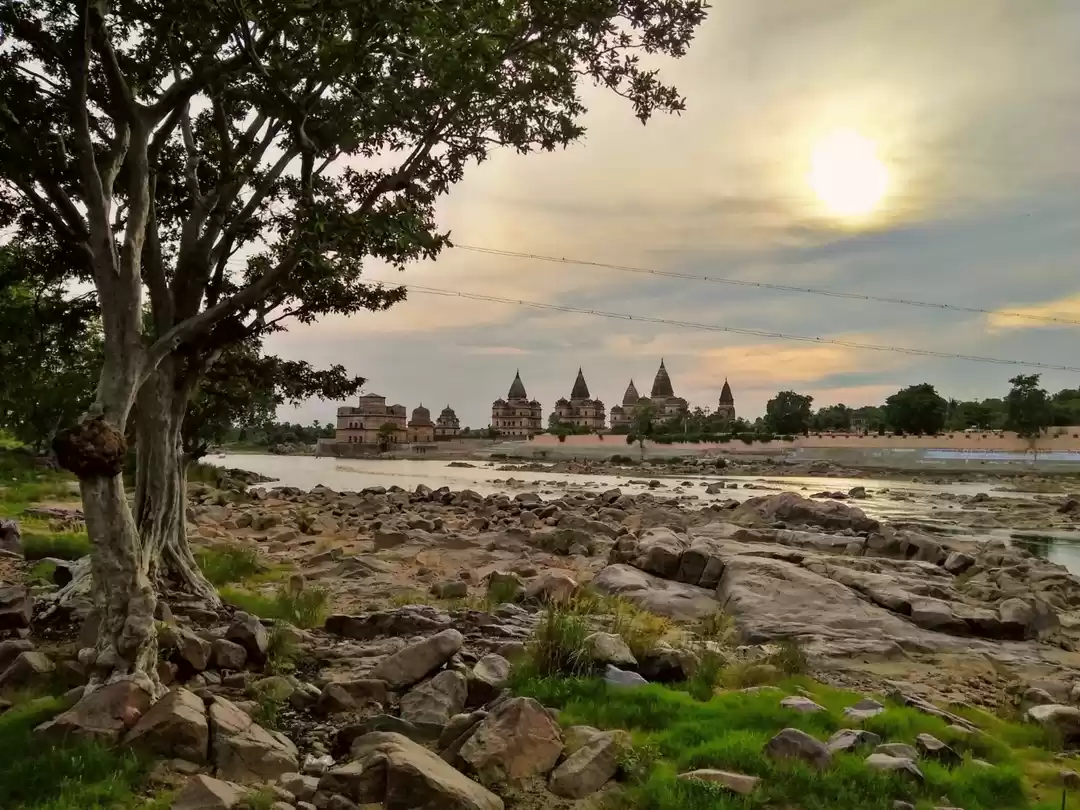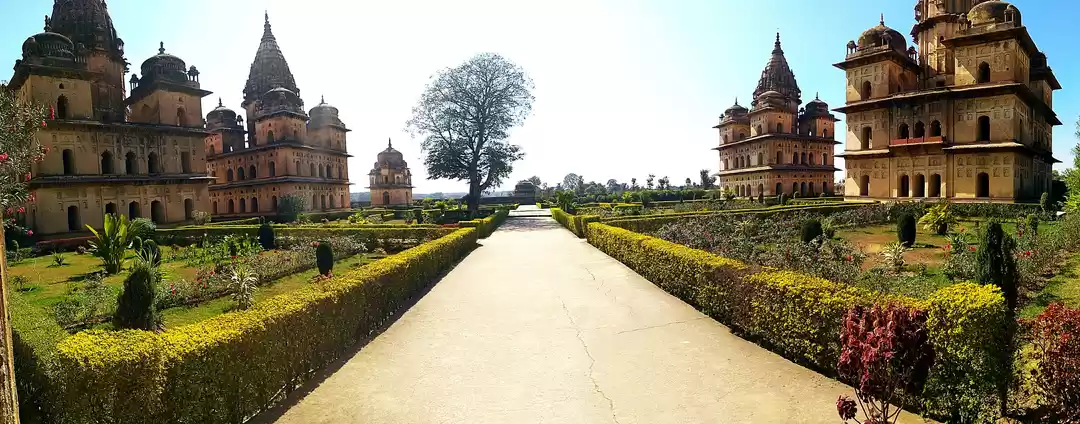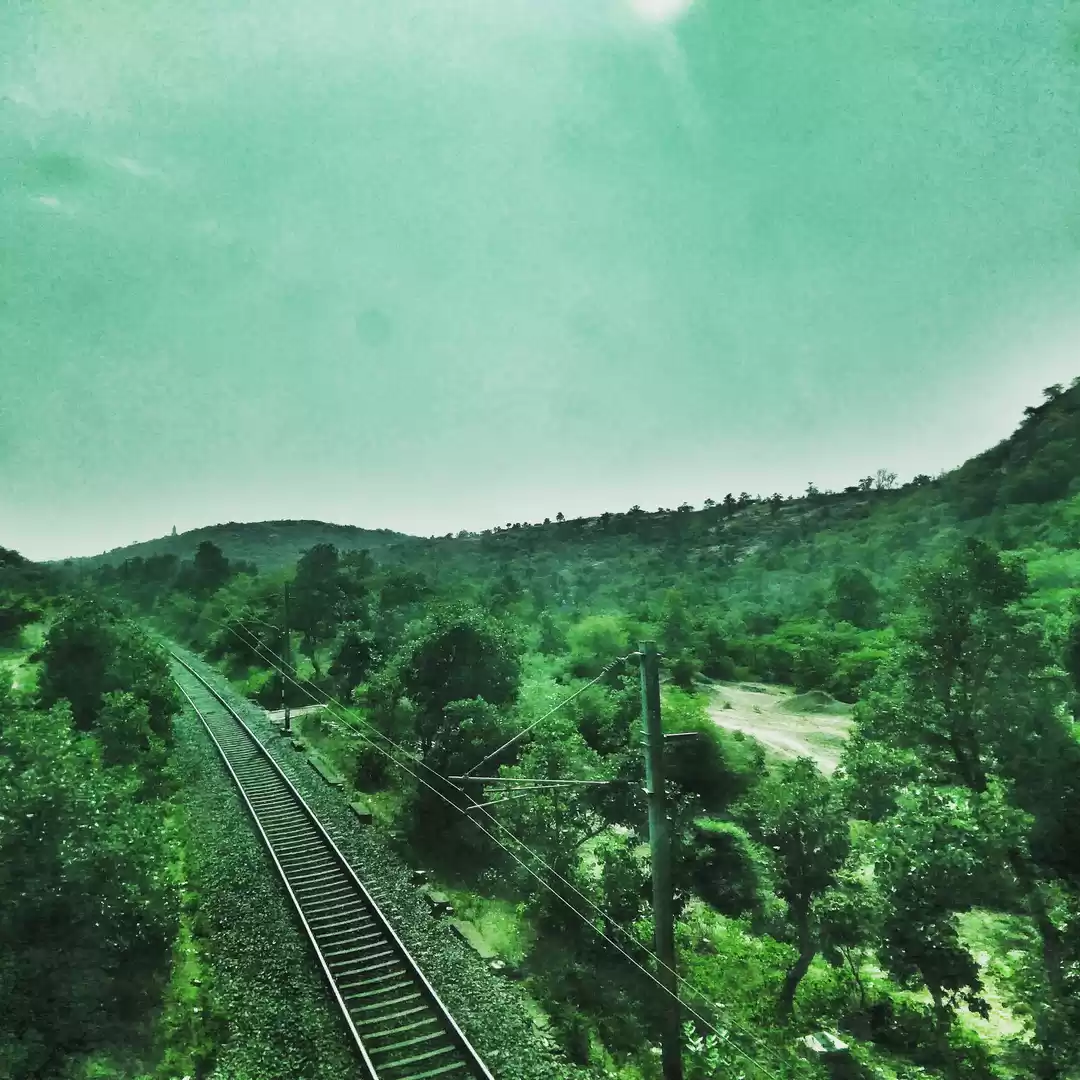The first thought that came to my mind when I saw the Jhansi Fort! The famous poem I learnt in school.
बुंदेले हरबोलों के मुँह हमने सुनी कहानी थी, खूब लड़ी मर्दानी वह तो झाँसी वाली रानी थी।।
Translation: "From the bards of Bundela we have heard this story / She fought valiantly like a man, she was the queen of Jhansi."
When ever the First War of Indian Independence is remembered Rani Laxmibai and the historic Jhansi Fort from where she fought the battle, will always be remembered!
This Fort occupies a very special niche in the history of India! This is where the spark was ignited that started the conflagration of 1857. This is where the first battle cry was given!
The Jhansi Fort lies in the center of Jhansi City, a living testimony of ancient glamour and valour, had an immense strategic importance in its early years. It was a major fortification for the Chandela Kings from the 11th to the 17th century.
Built by Raja Bir Singh Judeo 1606-27 of Orchha on a rocky hill called Bangra in the town of Balwantnagar, presently known as Jhansi.
The Rock Fort - A "Giridurga", has the Bundela architectural style, is a unique blend of three distinct styles, Hindu Rajput, Jain temple, Indo - Islamic - Indo - Sarcenic. Many of the buildings constructed within the Fort reflect these.
After the Mughals the control over the Fort passed to the Marathas, after the Marathas the Fort was taken over by the British, who ruthlessly destroyed many of the buildings constructed by their predecessors. They then constructed barracks and buildings to house their soldiers, to meet with their military requirements.
This Fort is a unique showcase where three distinct Fort architectural styles can be seen at one place!
It can be seen rising out of the plain and commanding the city and its surrounding!
The Fort stands on a 15 acres vast patch of land, is 312 meters long and 225 meters wide with granite walls that are 16 to 20 feet thick has ten gates or Darwaza.
Some of these are Khandero Gate, Datia Gate, Unnao Gate, Jharna Gate, Laxmi Gate, Sagar Gate, Orchha Gate, Sainyar Gate, Chand Gate.
It has a fine collection of sculptures which provide an excellent insight into the eventful history of Bundelkhand.
Within the main Fort area is the Kadak Bijli Toup - Cannon, Rani Jhansi Garden, Shiv Temple, Baradari, Ganesh Temple, Execution Point and a Tomb in memory of Ghulam Gaus Khan, Moti Bai and Khuda Baksh.
At the entrance to the Jhansi Fort, one is greeted by the iconic Kadak Bijli cannon, the roar of valour, that was operated by Gulam Gaus Khan used in the uprising of 1857. Feared by enemies who dared to attack the Fort.
There is also the Bhawani Shankar cannon which was handled by the legendary Moti Bai woman gunner as per local guides! Both soldiers laid down their lives for Her Majesty.
The memorial board reminds one of the hair-raising feat and daring escape of Rani Lakshmibai in jumping off from the ramparts of the fort on her horse!
Twenty years after her death Colonel Malleson wrote in the History of the Indian Mutiny vol. 3.
Whatever her faults in British eyes may have been, her countrymen will ever remember that she was driven by ill-treatment into rebellion, and that she lived and died for her country, We cannot forget her contribution for India.
— Colonel Malleson
The Fort is an architectural delight because of its huge size and beauty, once the residence of Rani Lakshmibai.
Laxmibai wasn’t of royal blood, born in 1827 in Varanasi, a city in northeast India on the banks of the Ganges River. She was named Manikarnika at birth. She was raised among the Brahmin priests and scholars who sat atop India’s caste system. Her father worked in the royal court as an adviser, giving her access to an education, as well as horses and swords.
In 1842, Manikarnika Tambe, was married to Maharaja Gangadar Rao, the ruler of Jhansi, an independent princely state ruled by the Maratha Newalkar Dynasty under suzerainty of British India from 1804 till 1853.
The British authorities took over State under the terms of the Doctrine of Lapse. Before that it was under the Peshwas from 1728 to 1804.
She took on the name Laxmibai. It was, and even today in some parts of the country, still is a common practice for women to change their names after marriage.
She was an unconventional queen, and a compassionate one. She refused to abide by the norms of the purdah system, under which women were concealed from public view by veils or curtains. She insisted on speaking with her advisers and British officials face to face. She wore a turban, an accessory more common among men.
She is said to have trained women in her circle to ride and fight. Attended to the poor, regardless of their caste, a practice that even today would be considered bold in parts of India.
Her reign came at a pivotal time: The British, who were expanding their presence in India, had annexed her realm and stripped her of power.
In 1848, Lord Dalhousie, India’s Governor General, declared that princely states with leaders lacking natural born heirs would be annexed by the British under a policy called the Doctrine of Lapse.
Laxmibai’s only child had died, and her husband’s health was starting to deteriorate. The couple decided to adopt a 5-year-old boy to groom as successor to the throne, and hoped that the British would recognize his authority despite the declaration.
“I trust that in consideration of the fidelity I have evinced toward government, favour may be shown to this child and that my widow during her lifetime may be considered the Regent,” her husband, the Maharaja, wrote in a letter. His pleas were ignored.
Soon after he died, in 1853, the East India Company offered the queen a pension if she agreed to cede control.
She refused, exclaiming: “Meri Jhansi nahin dungee” (" I will not give up my Jhansi”) — a Hindi phrase to this day is etched into India’s memory, stirring up feelings of pride and patriotism.
Laxmibai tried to regain control of Jhansi through negotiations, but when her efforts failed she joined the Indian Rebellion of 1857, an uprising of soldiers, landowners, towns people and others against the British in what is now known as India’s first battle for independence. It would be 90 years before the country would finally uproot the British, in 1947.
The Queen, or Rani, went on to train and lead her own army, composed of both men and women, only to perish on the battlefield in June 1858.
Today, Rani Laxmibai of Jhansi has been immortalized in our nationalist narrative. There are movies, TV shows, books and even nursery rhymes about her. Streets, colleges and universities are named after her. Statues of her on horseback, with her son tied to her back, have been erected in many cities throughout India.
Almost a century after her death, the Indian National Army formed an all-female unit that aided the country in its battle for independence in the 1940s. It was called the Rani of Jhansi Regiment.
The architecture of Rani Mahal is utterly alluring. The former residence the Royal Palace of Rani Lakshmibai, built in the later half of 19th Century. It is a two-tiered building with six halls which also includes the famous Durbar hall. It gives an elaborate picture of the history of India, the rulers, their tradition and the events that took place during the medieval times.
It is now an archaeological museum some statues date back to the period of the Imperial Guptas, others are from the time when the Pratiharas, Kalchuris and Chandelas ruled this region. These objects bear testimony to the fact that Jhansi was situated at the crossroads of a historic trade route connecting North with South.
To Stay in Jhansi: Natraj Sarovar Portico, Lemon Tree Jhansi, Ambience are some of the options.
To Reach Jhansi:
By Air: Gwalior is 103 km from Jhansi, the nearest airport. Flights from Mumbai, Delhi and Jabalpur connect to Gwalior. Delhi is the closest international airport, 321 km from Jhansi. Most major cities across the world are connected to Delhi by air.
By Train: Jhansi is an important railhead. Most major cities in the country are connected to Jhansi by rail.
By Road: Jhansi is well connected by road to many major cities in the country. Public and private buses connect Jhansi to major neighbouring cities. Buses ply daily from Gwalior and Khajurao to Jhansi. Buses also connect Delhi to Jhansi.
P.C. Pranati Kamani
